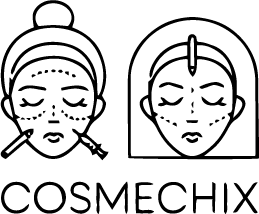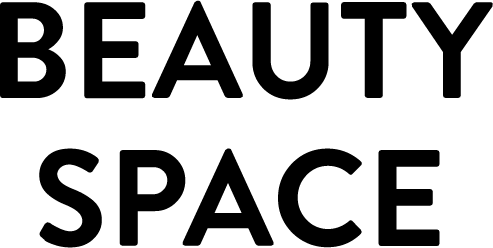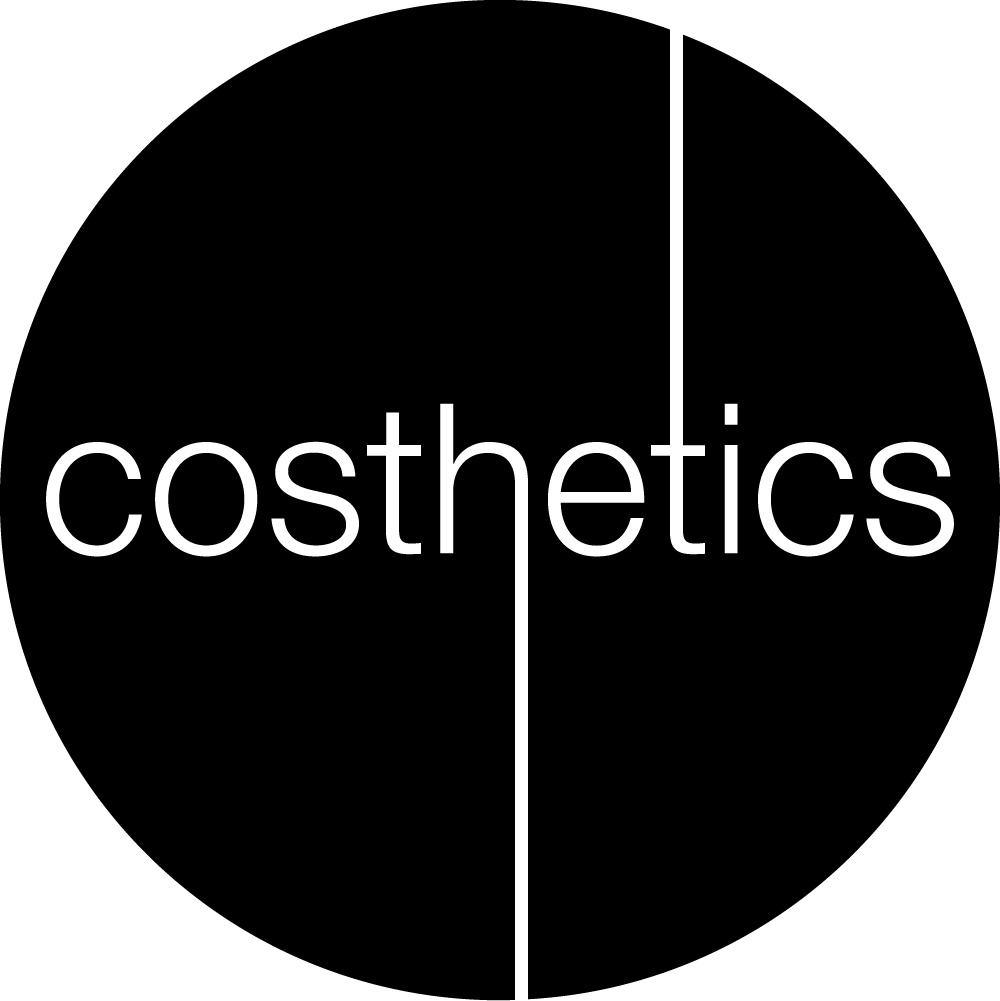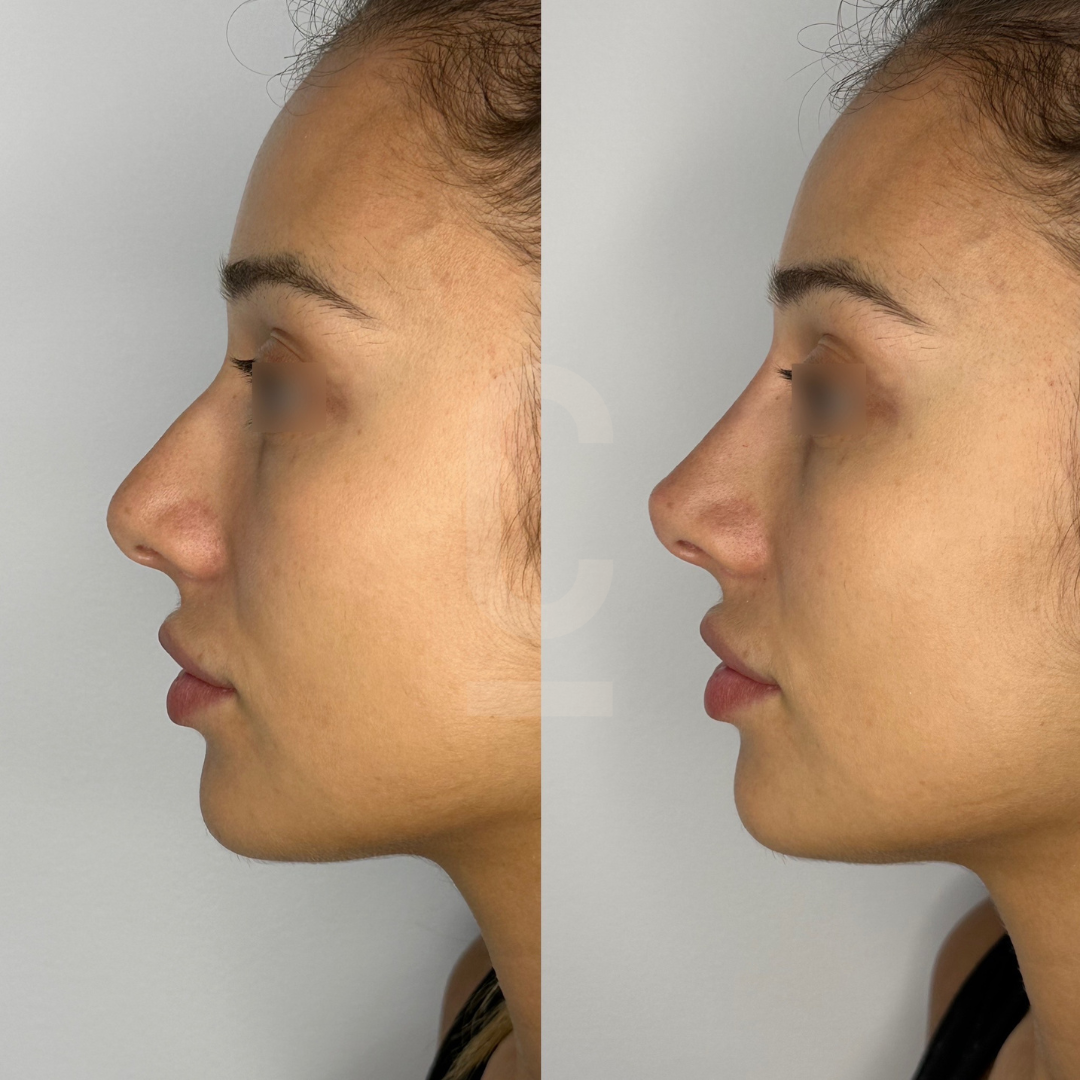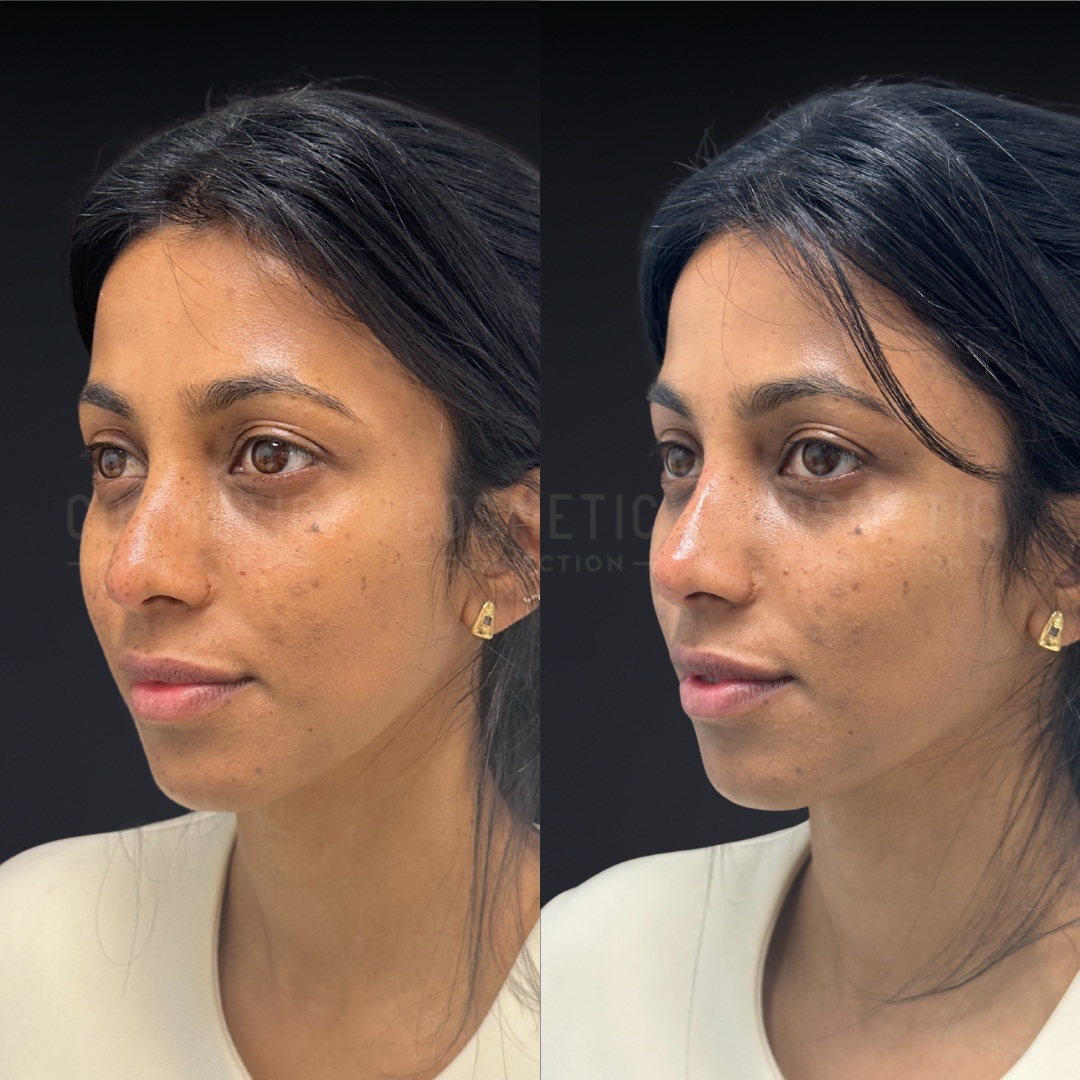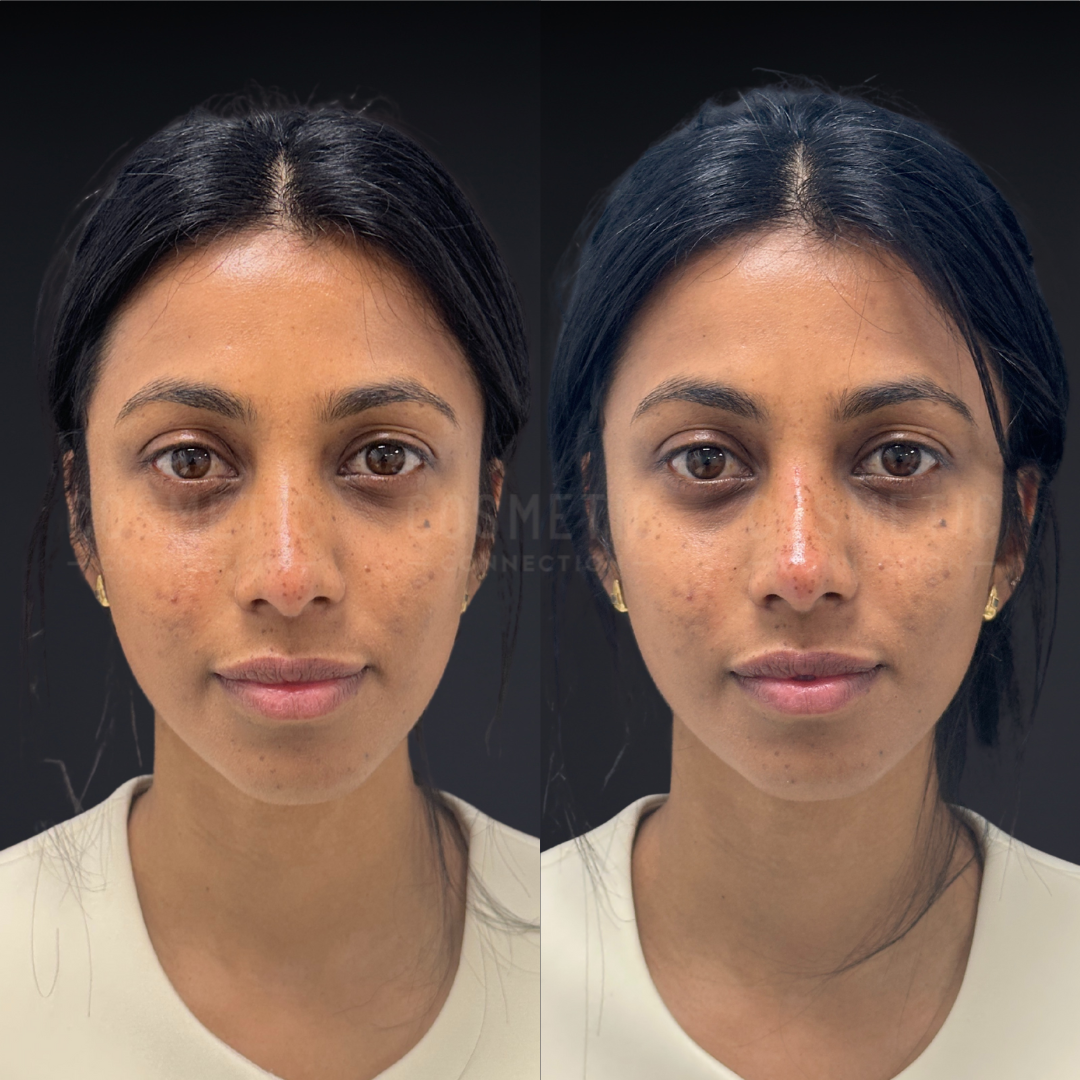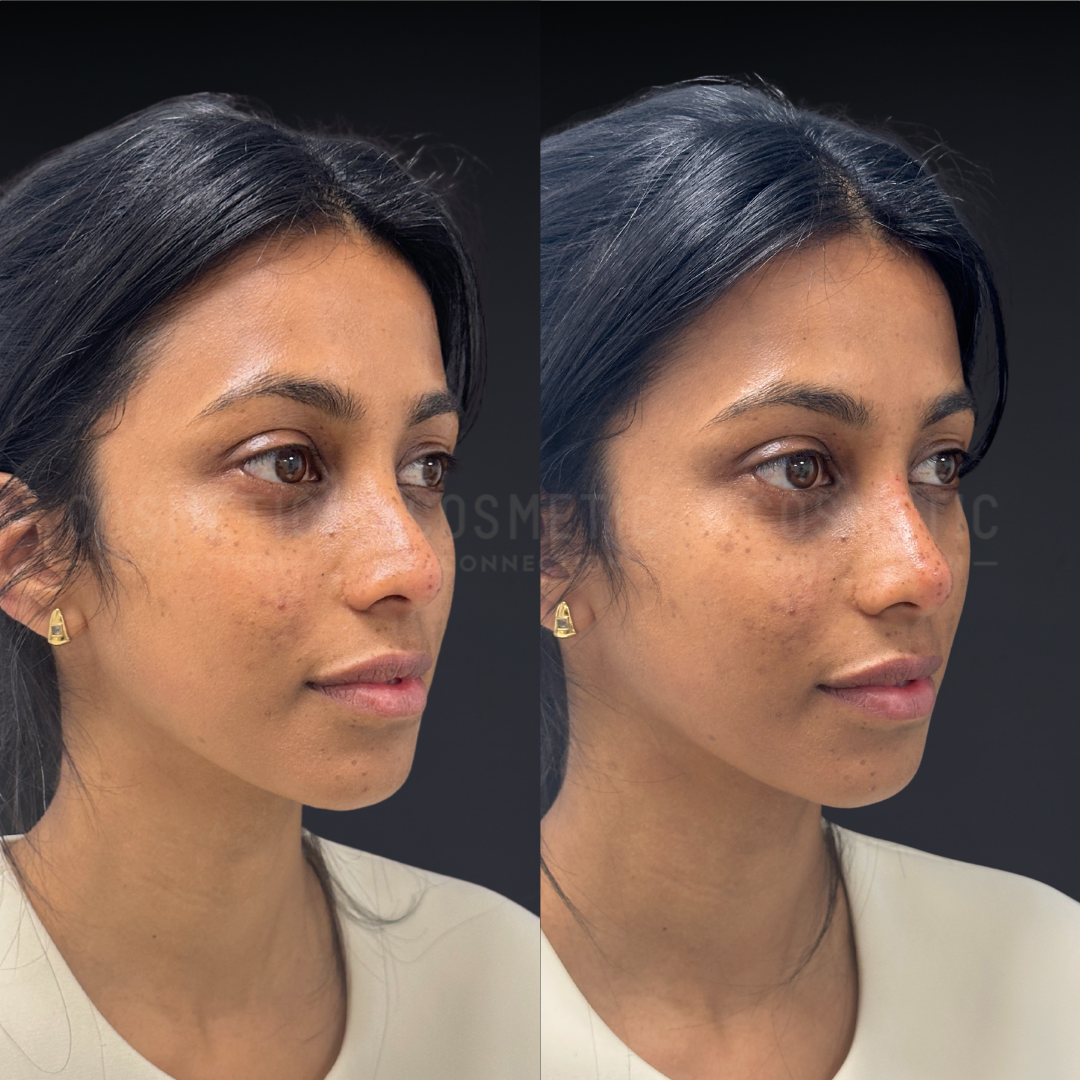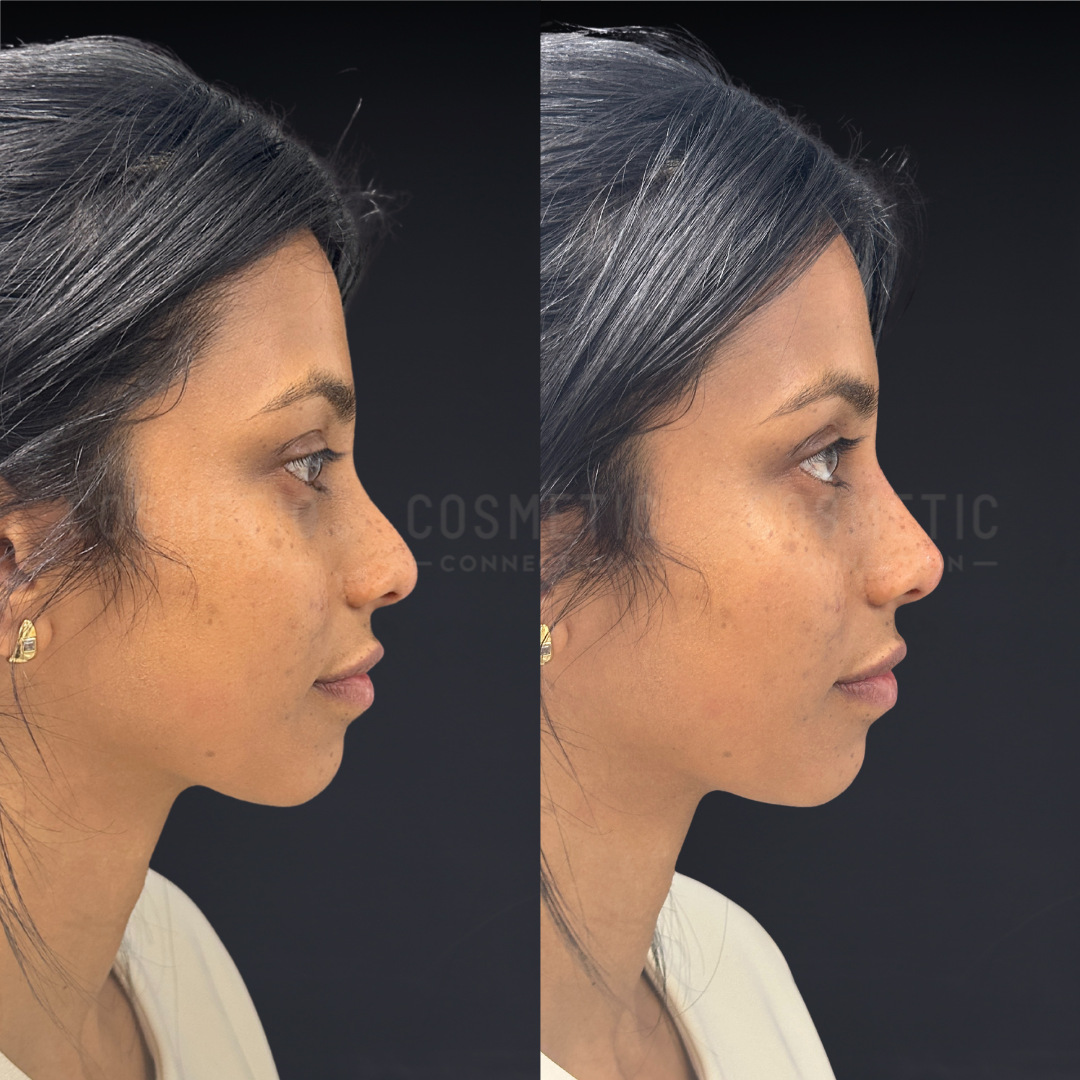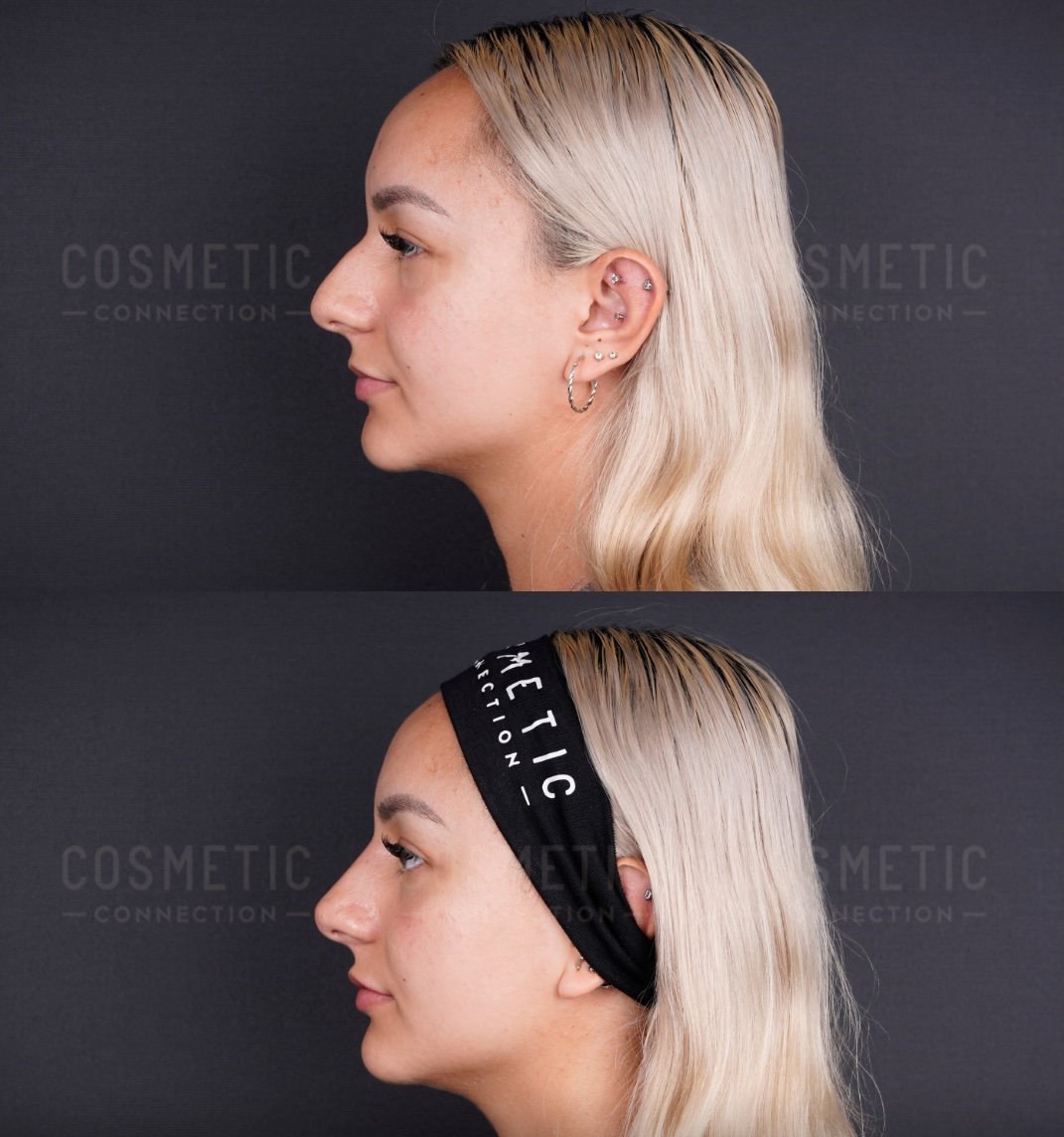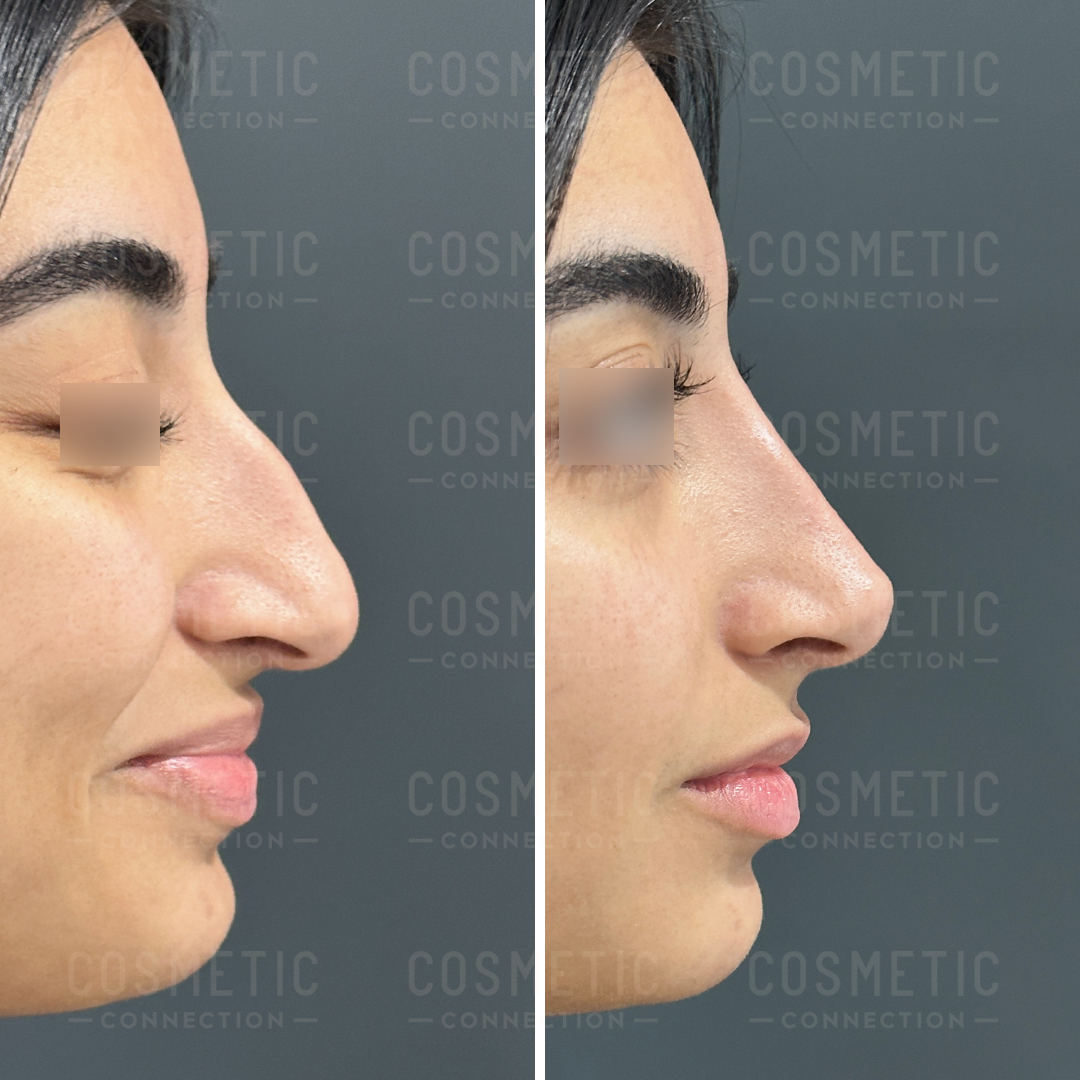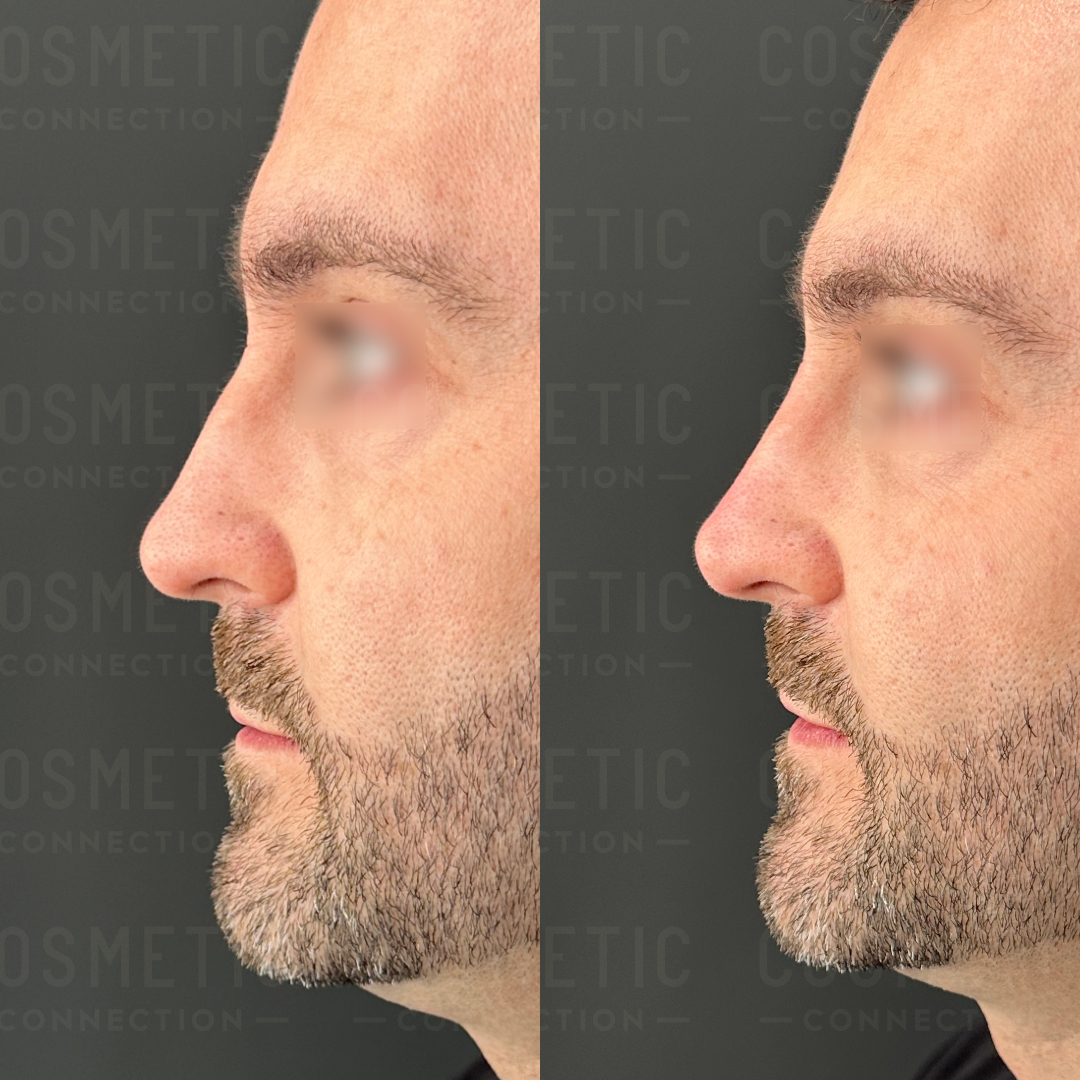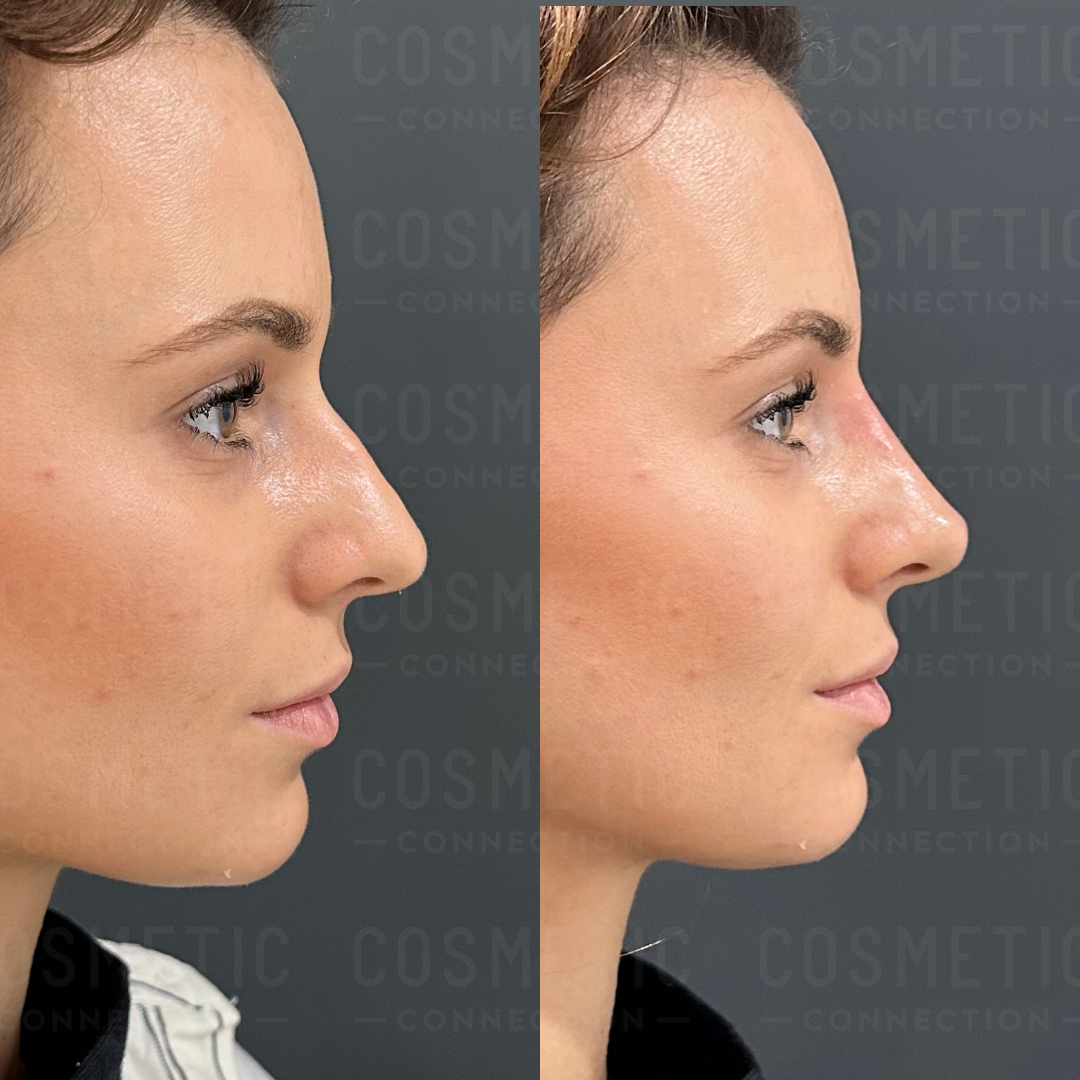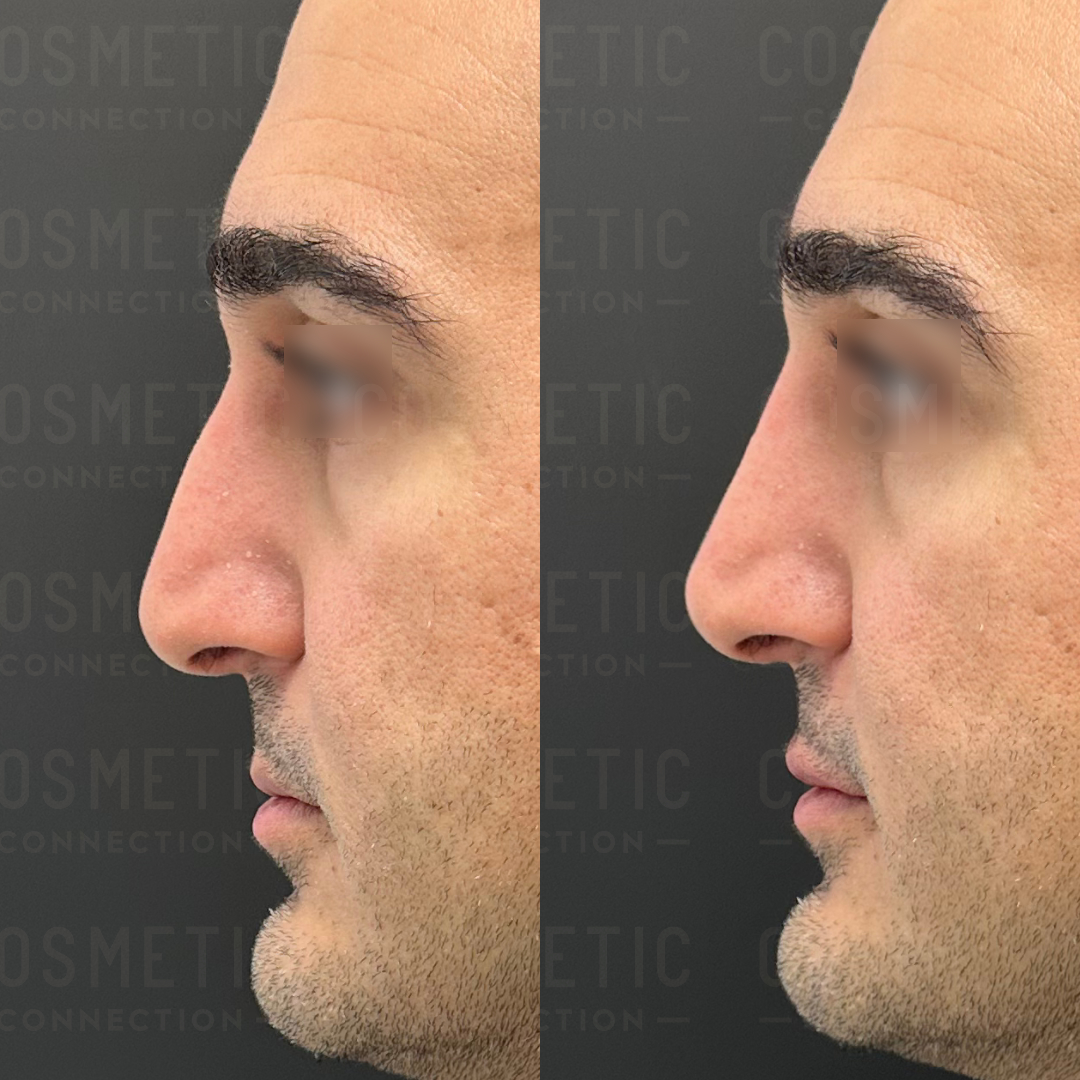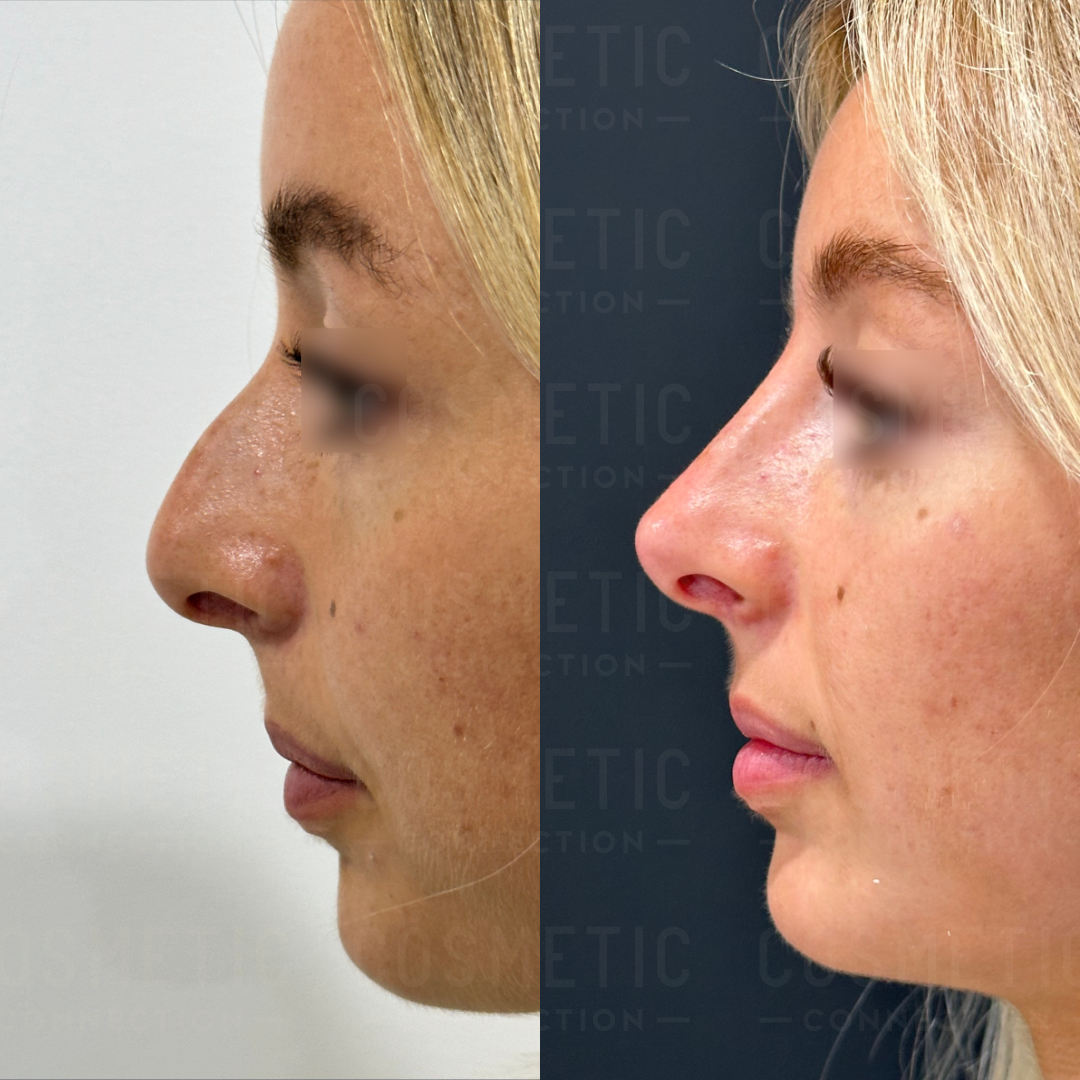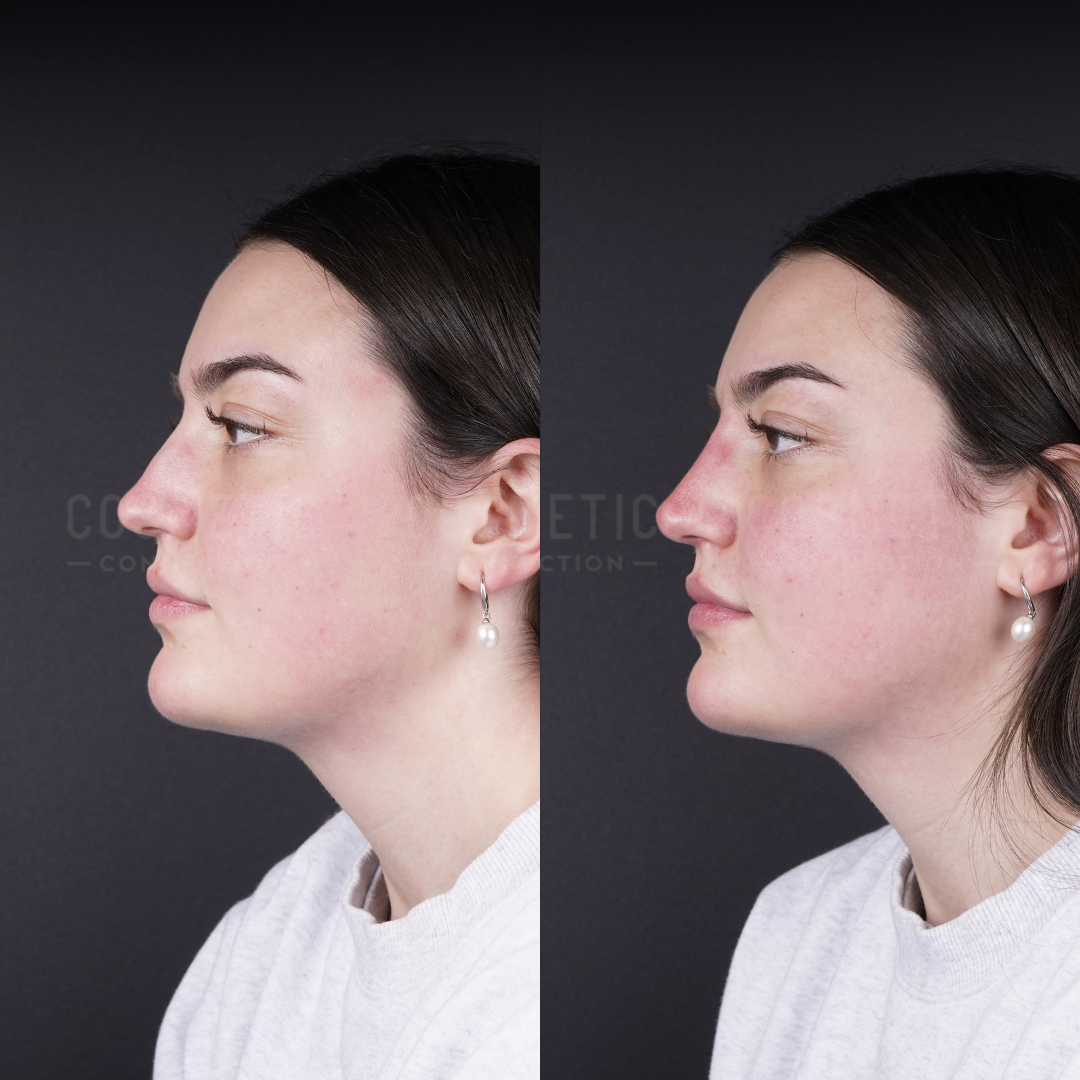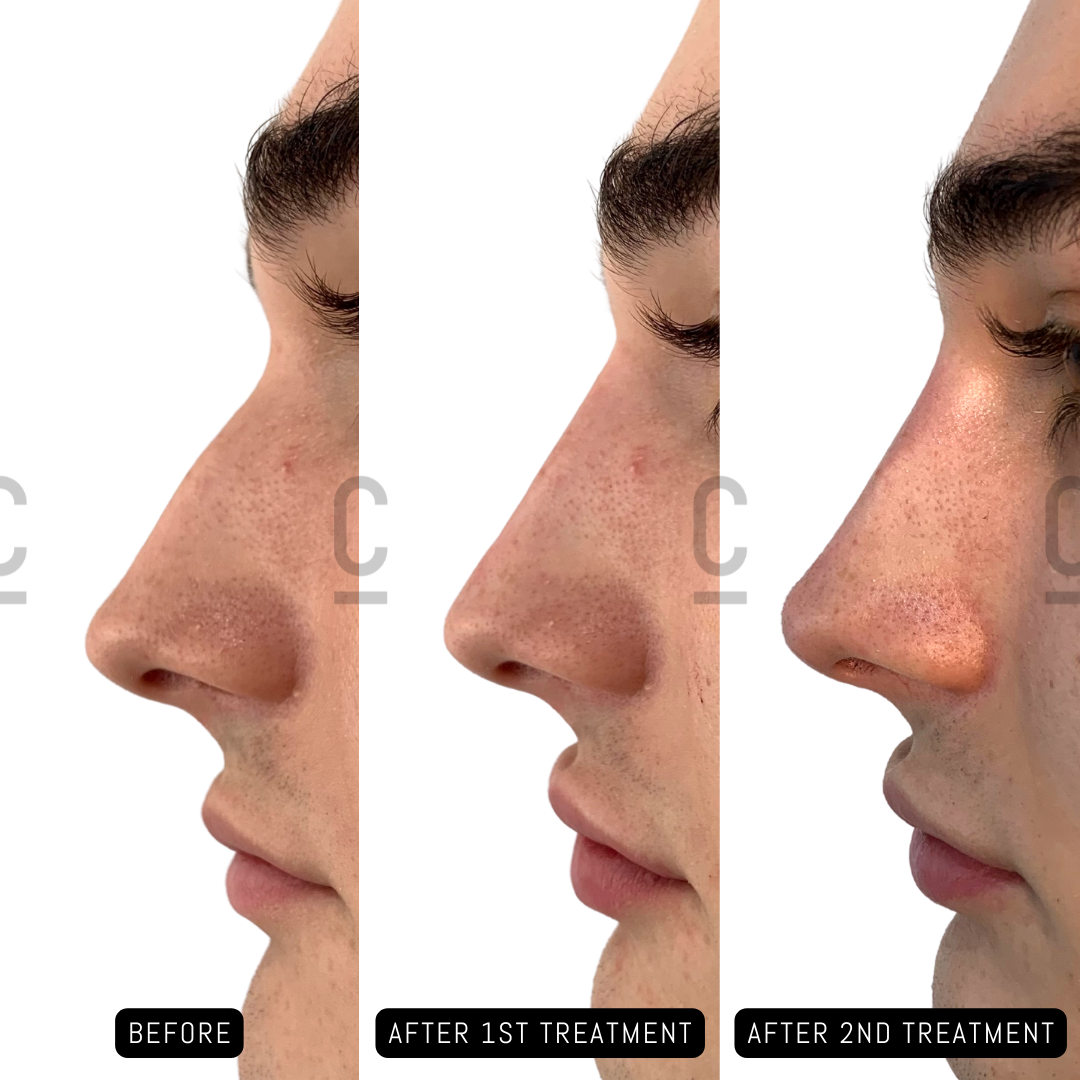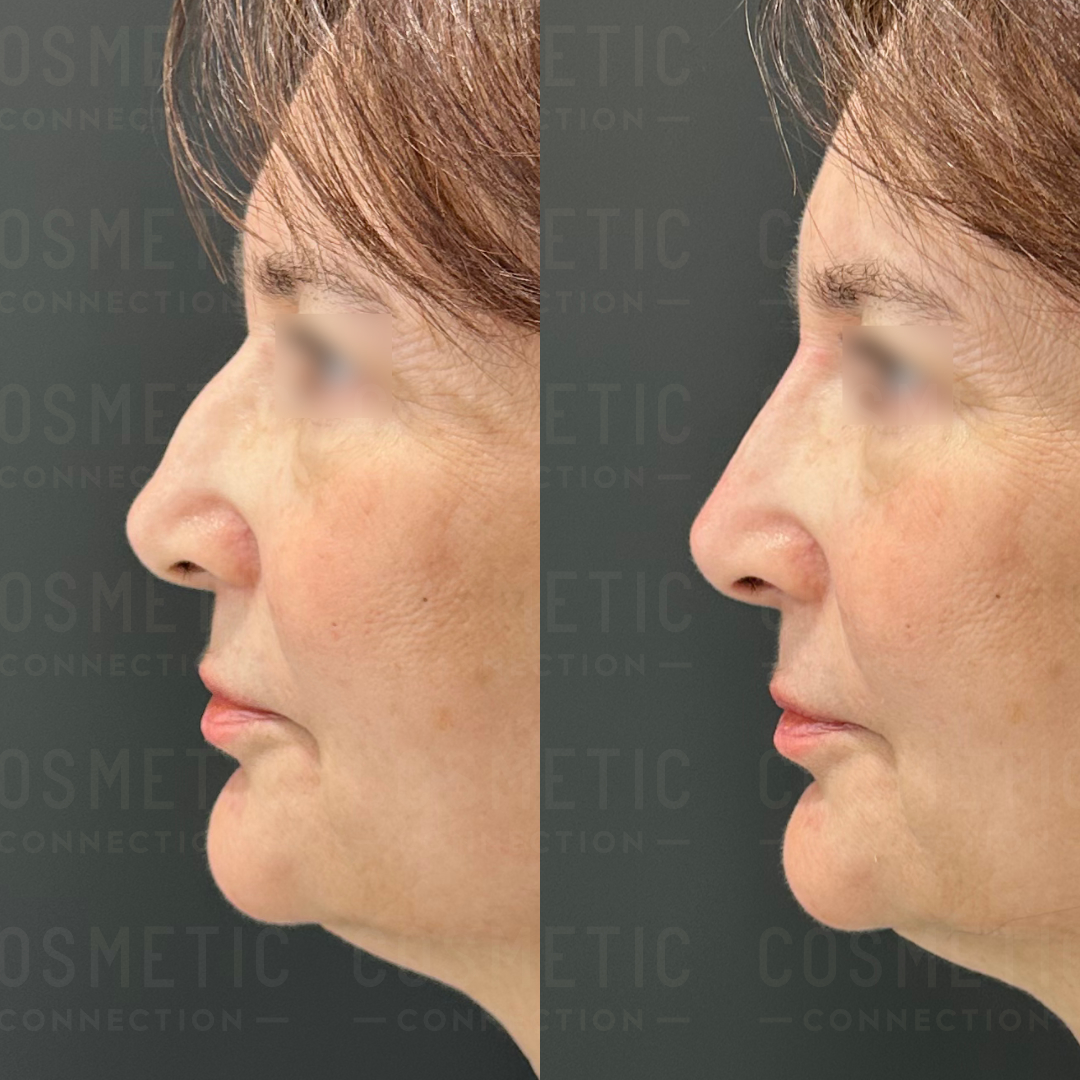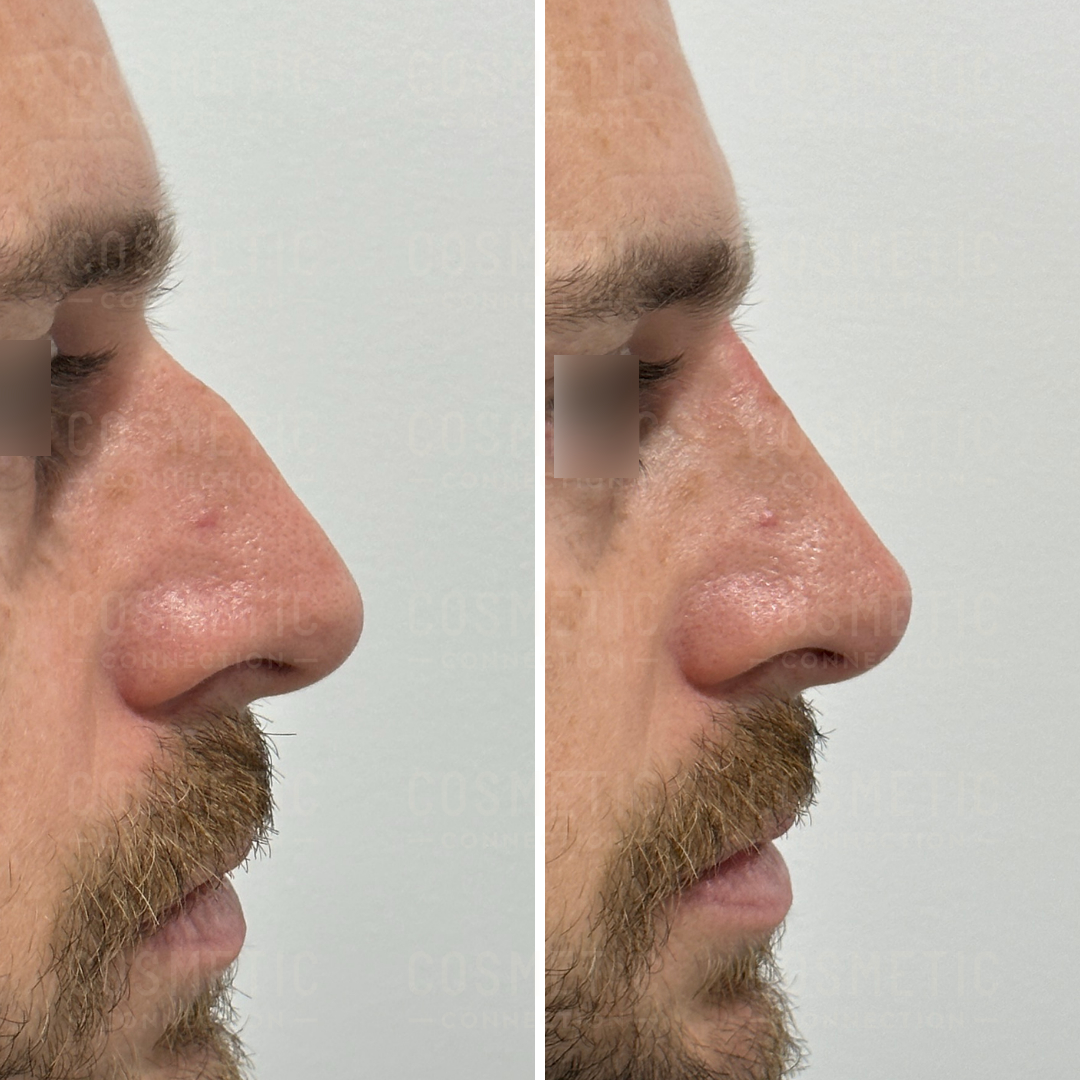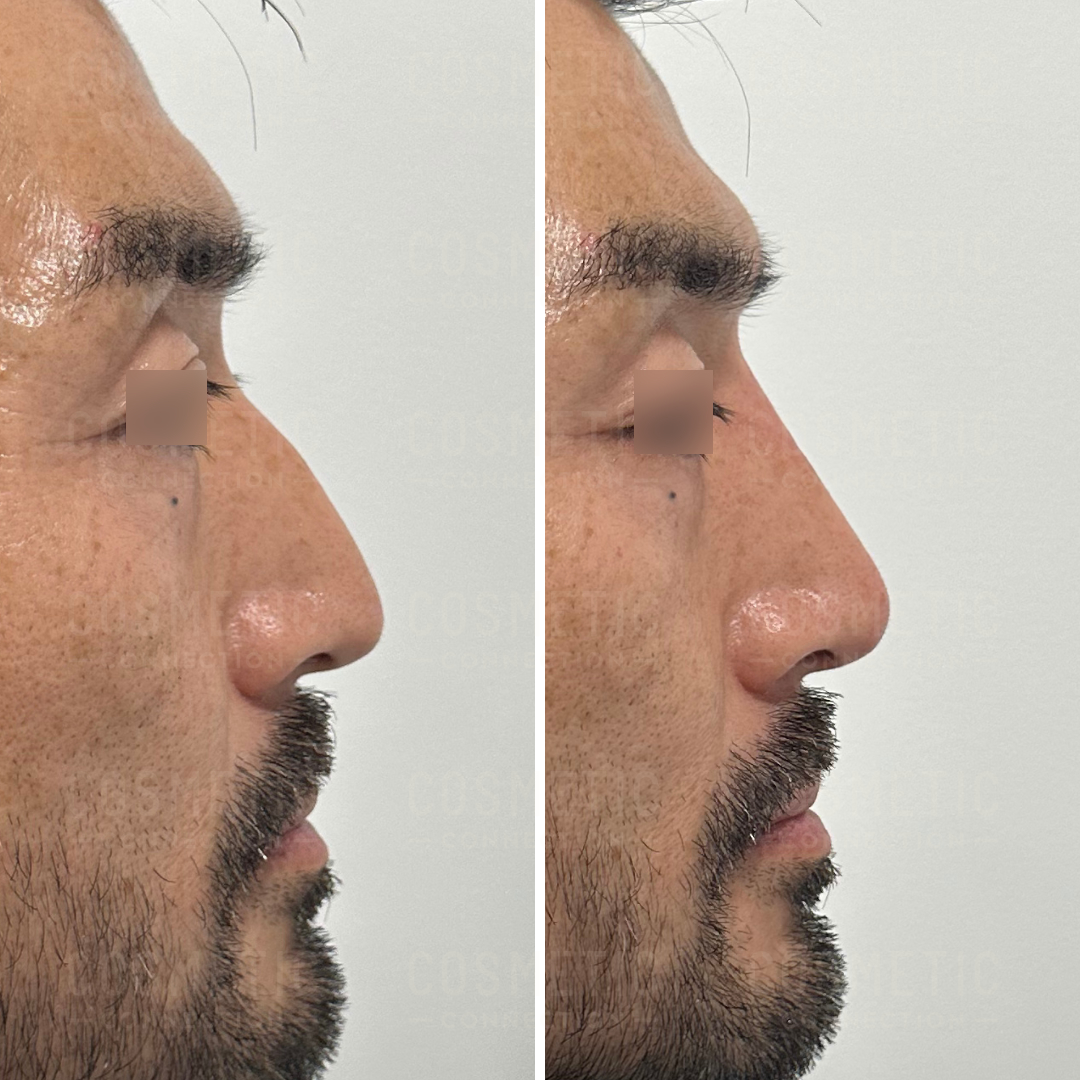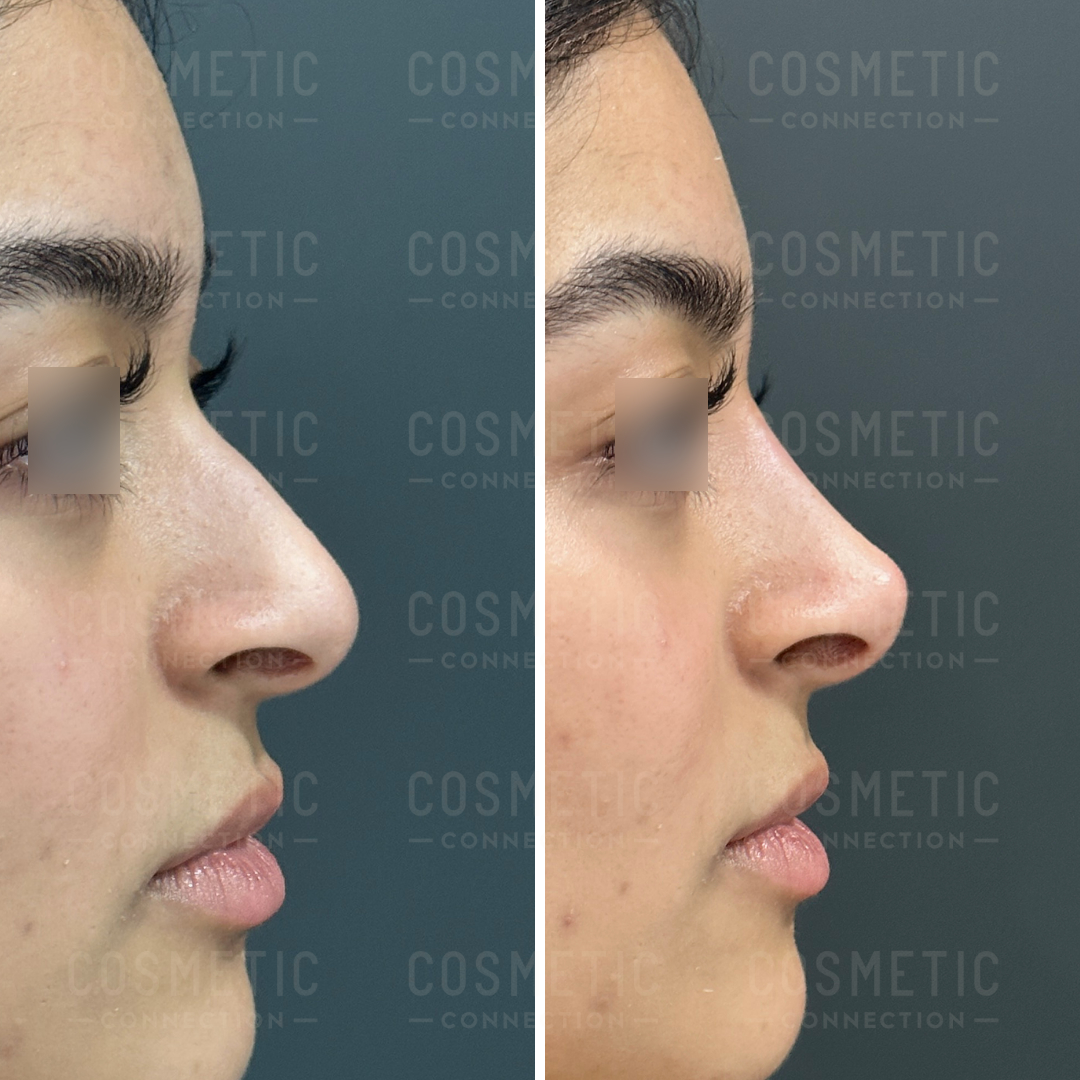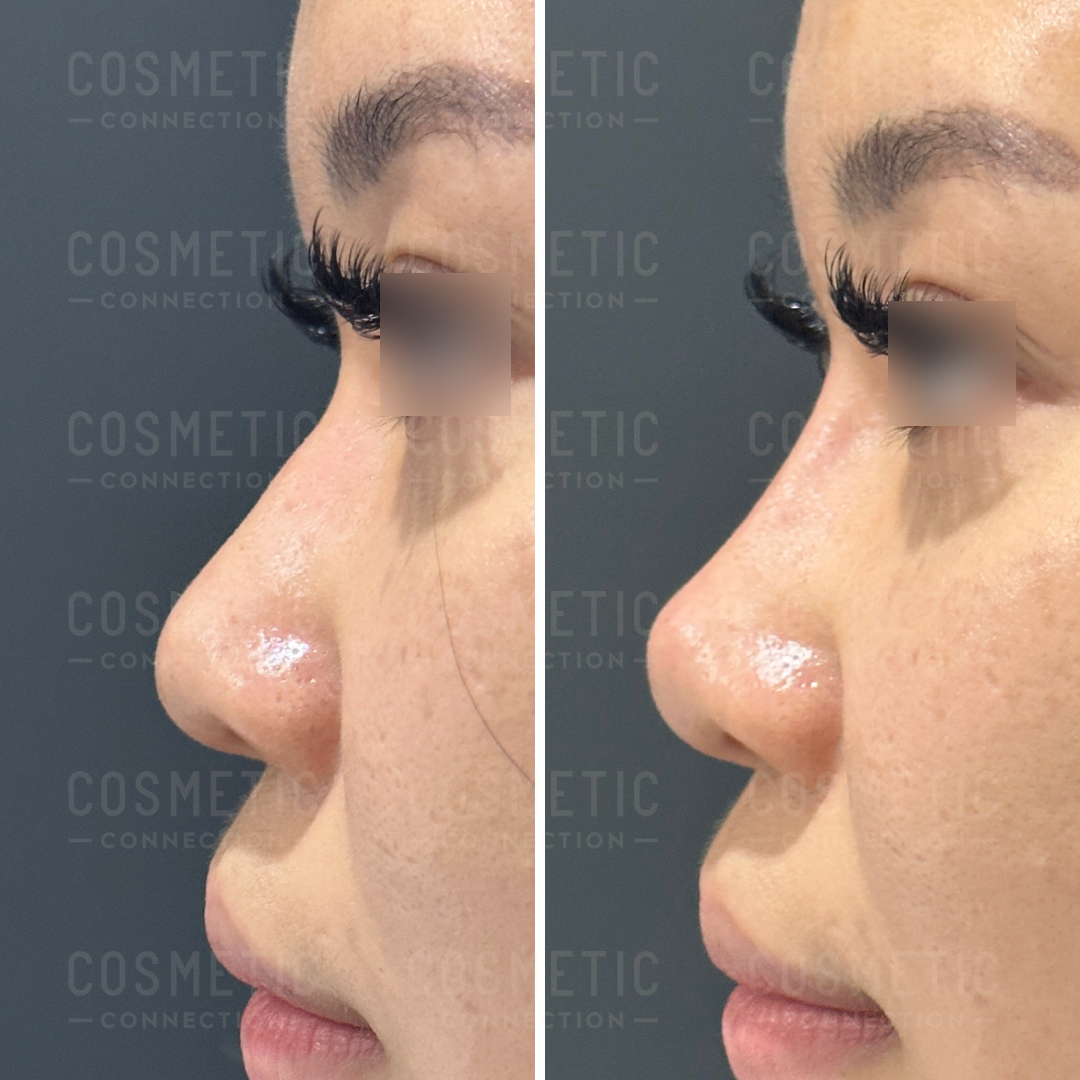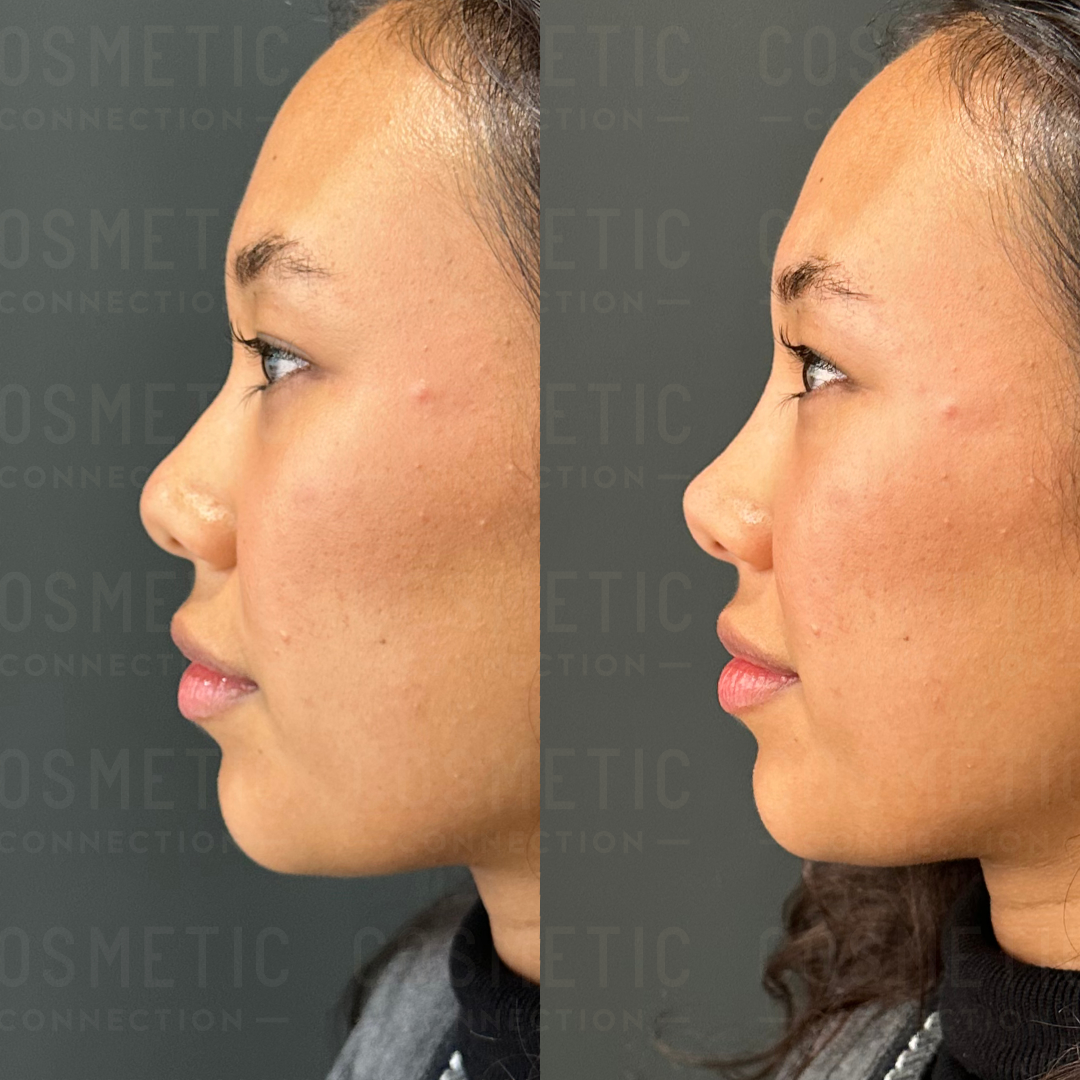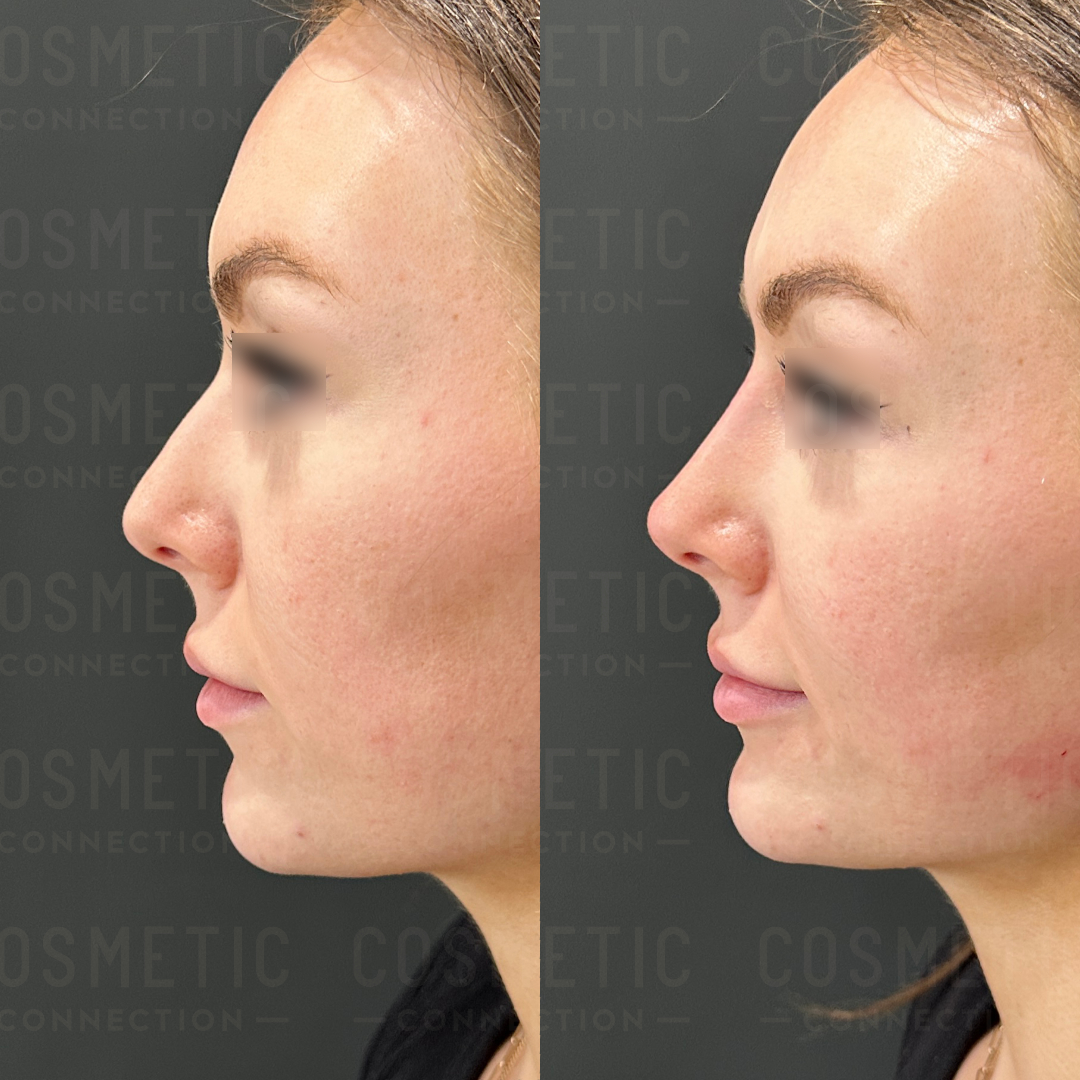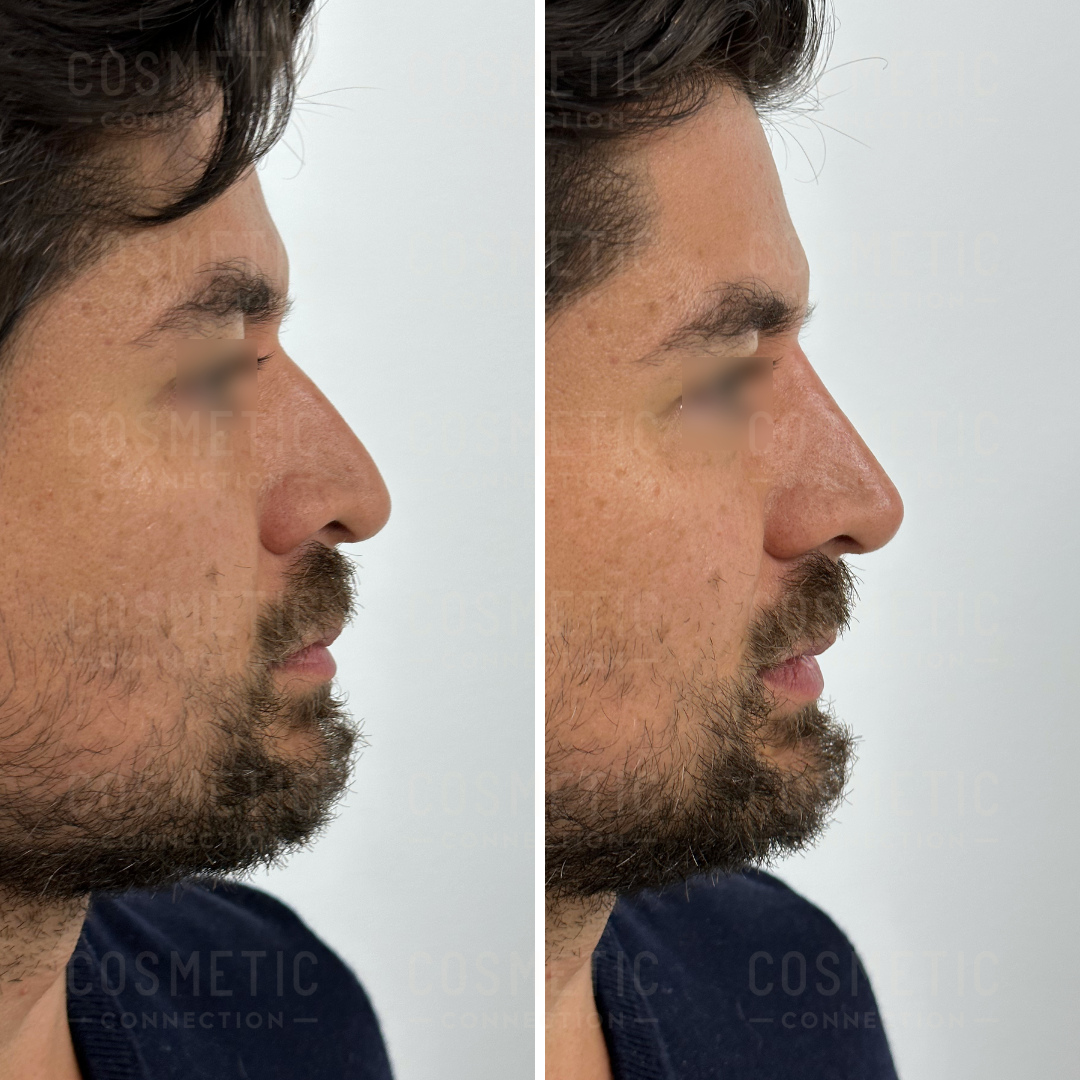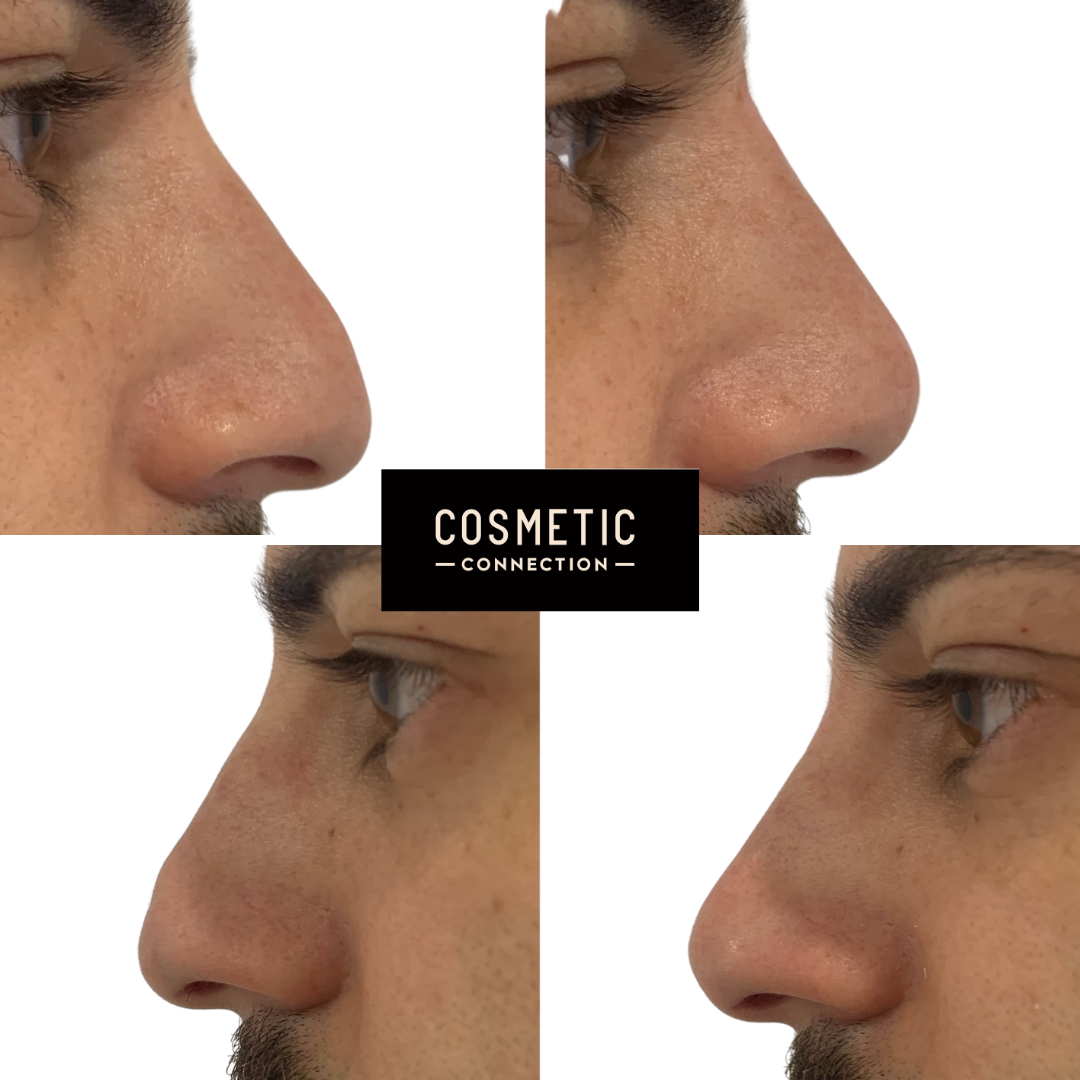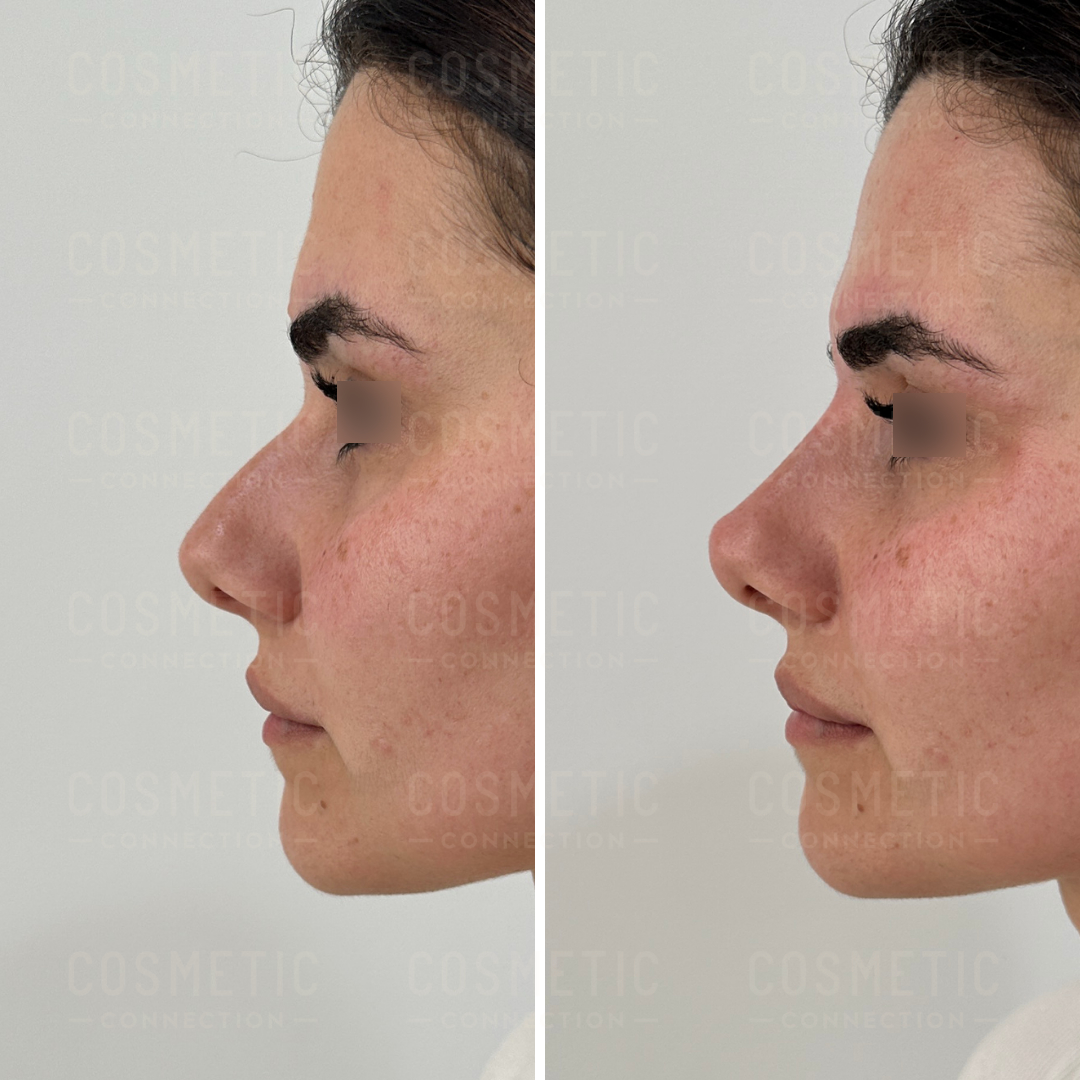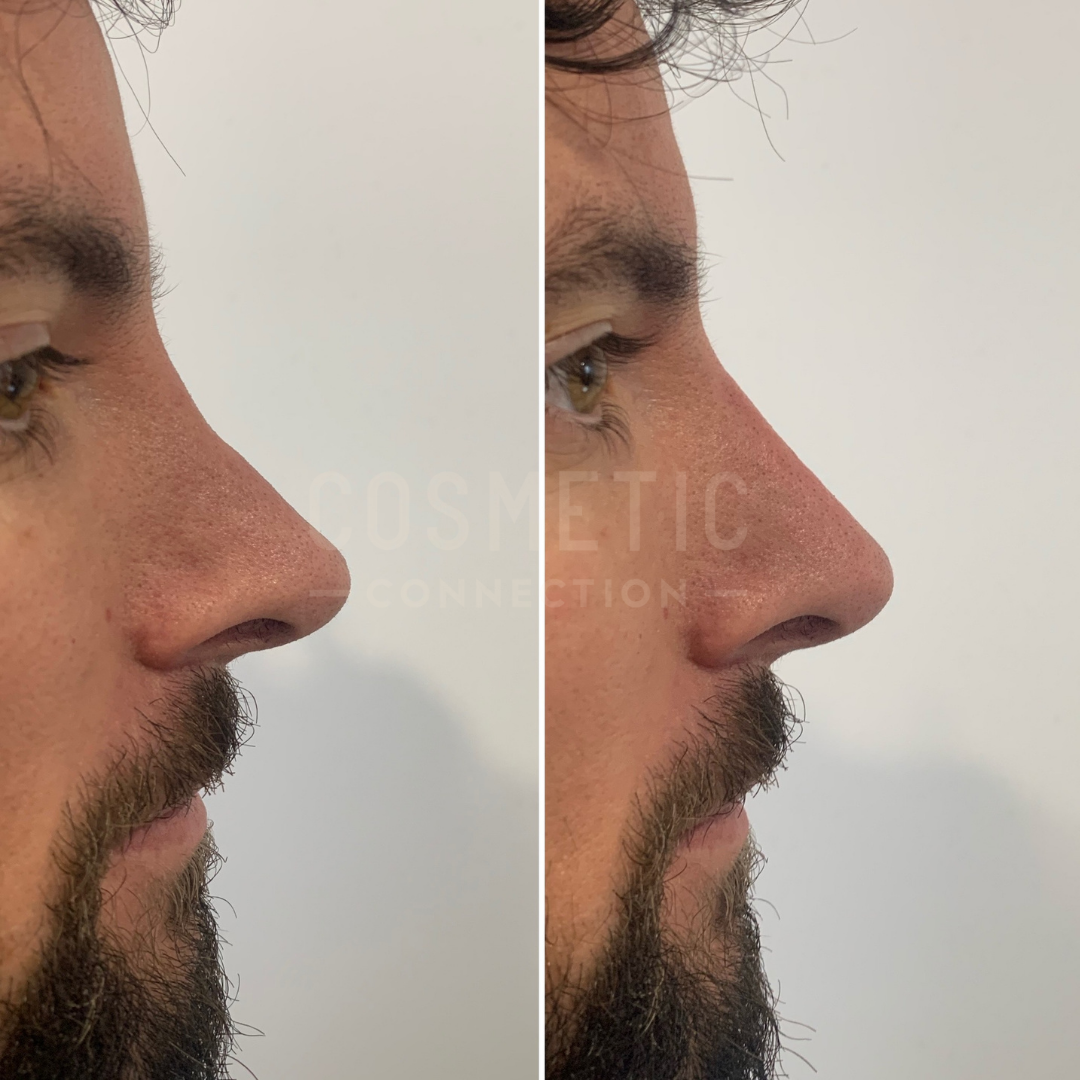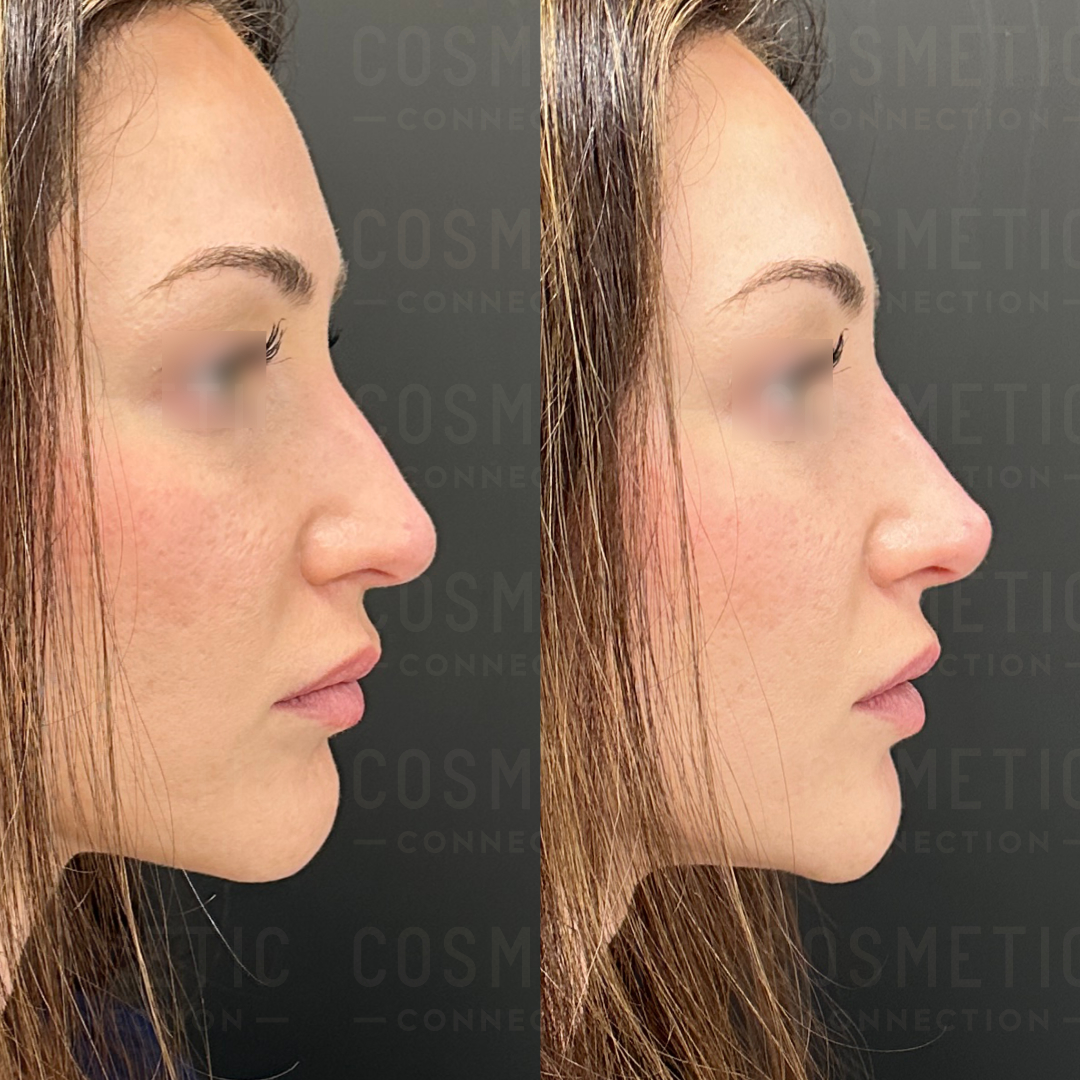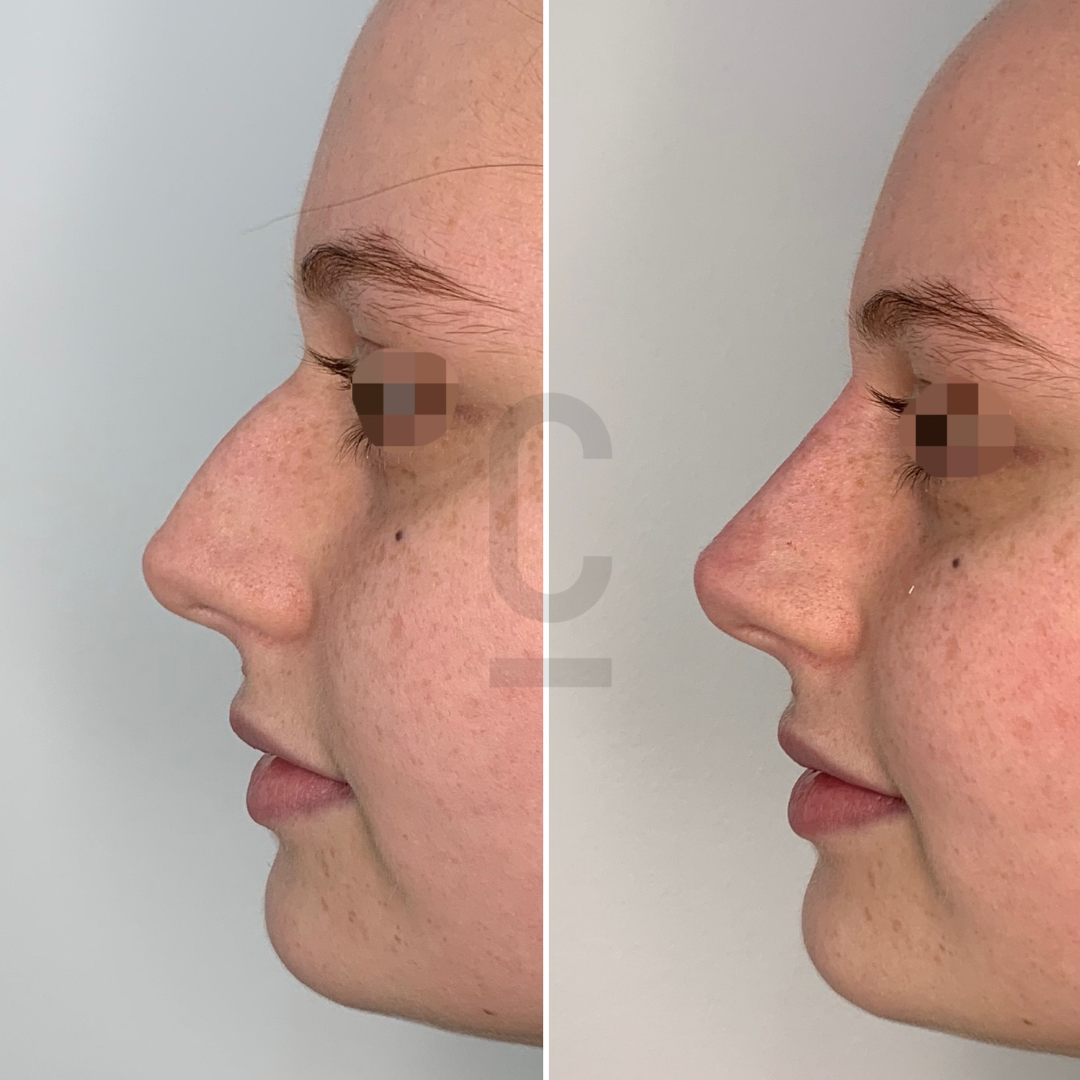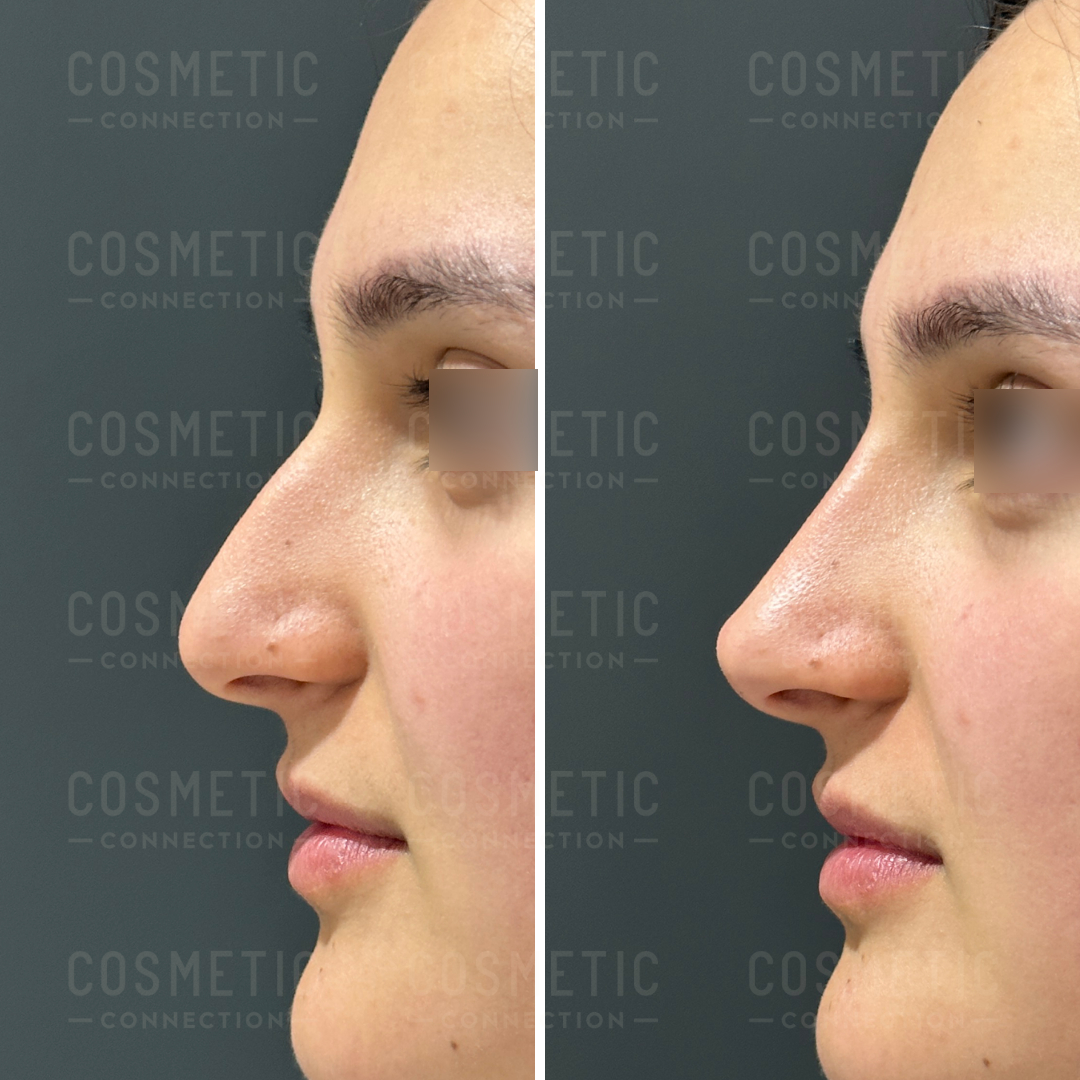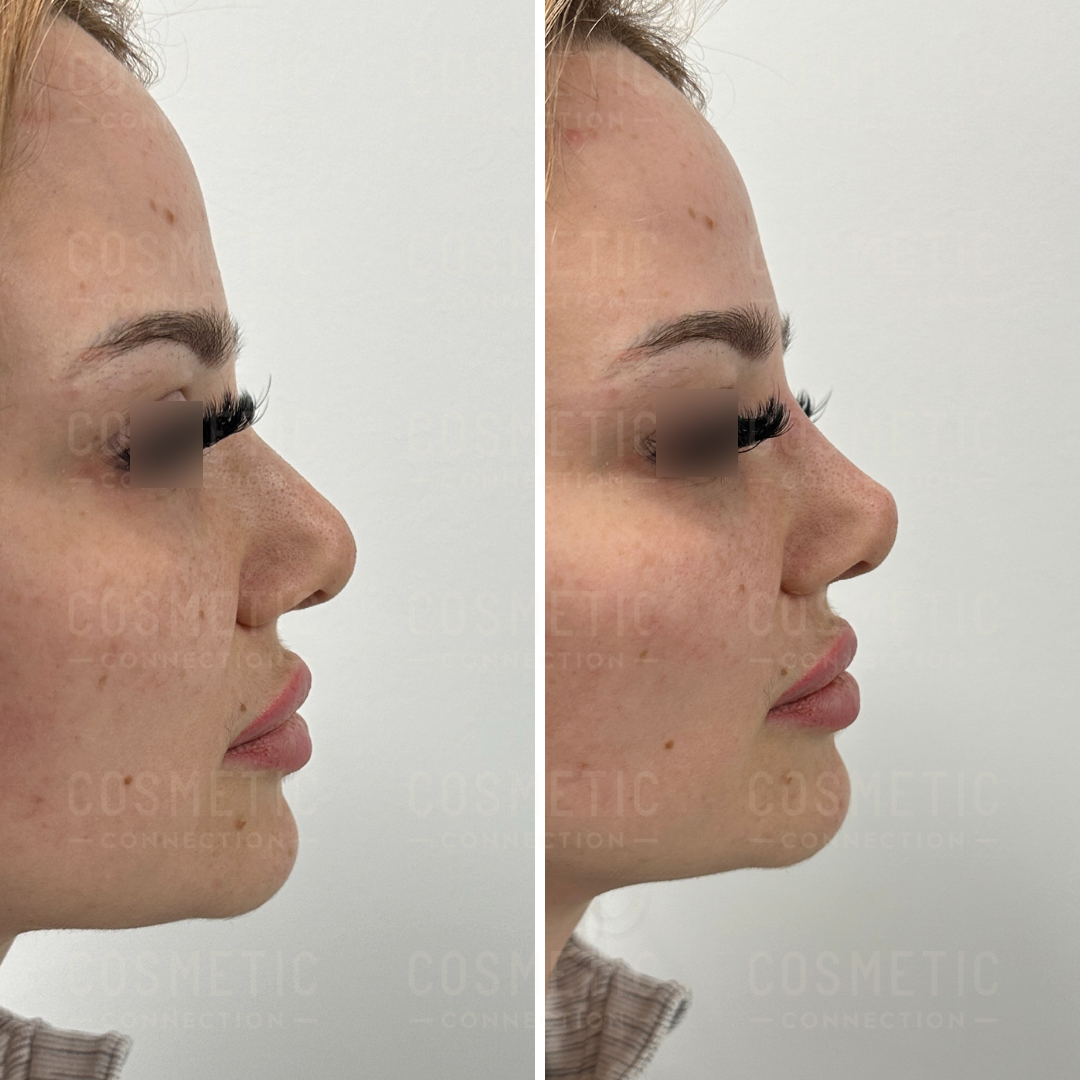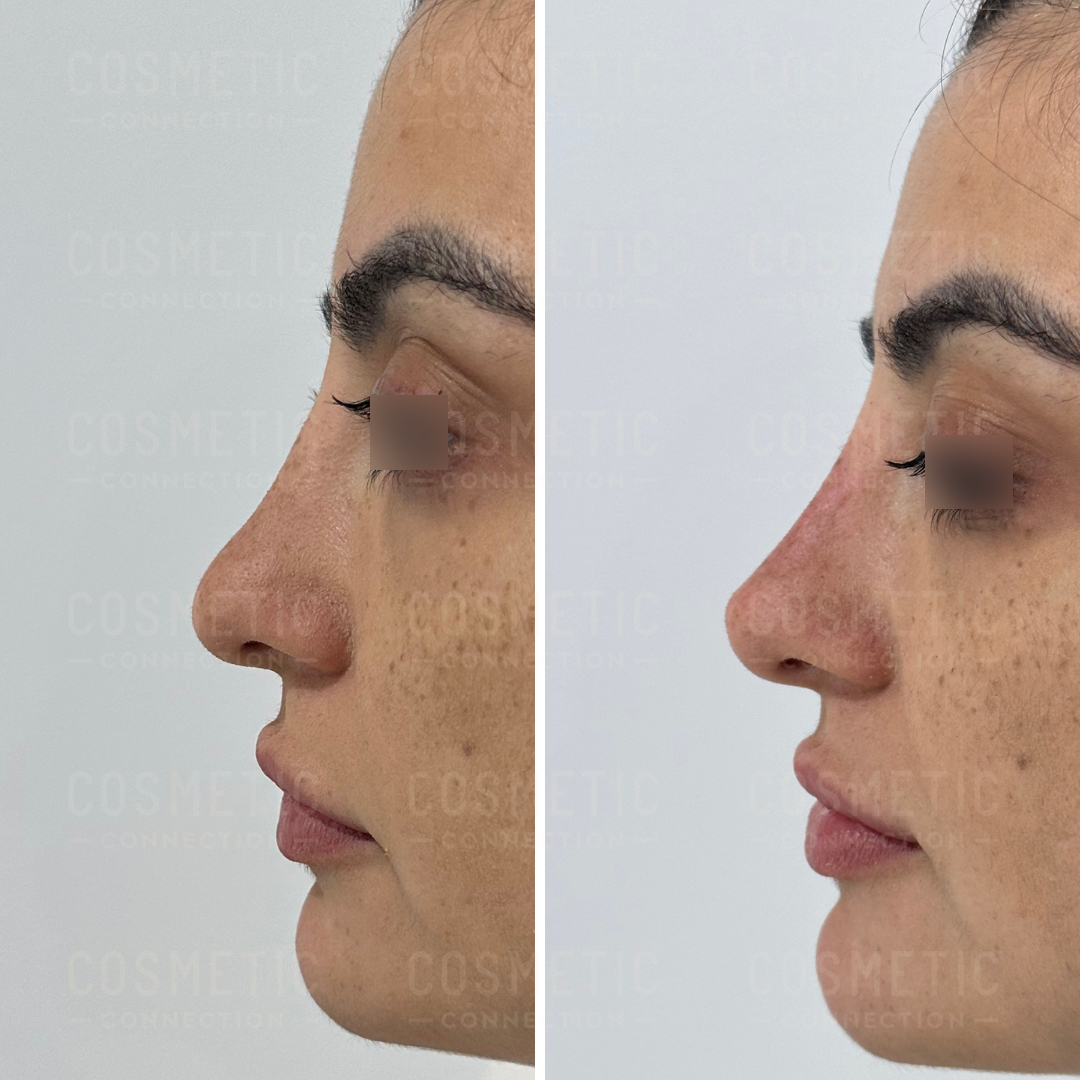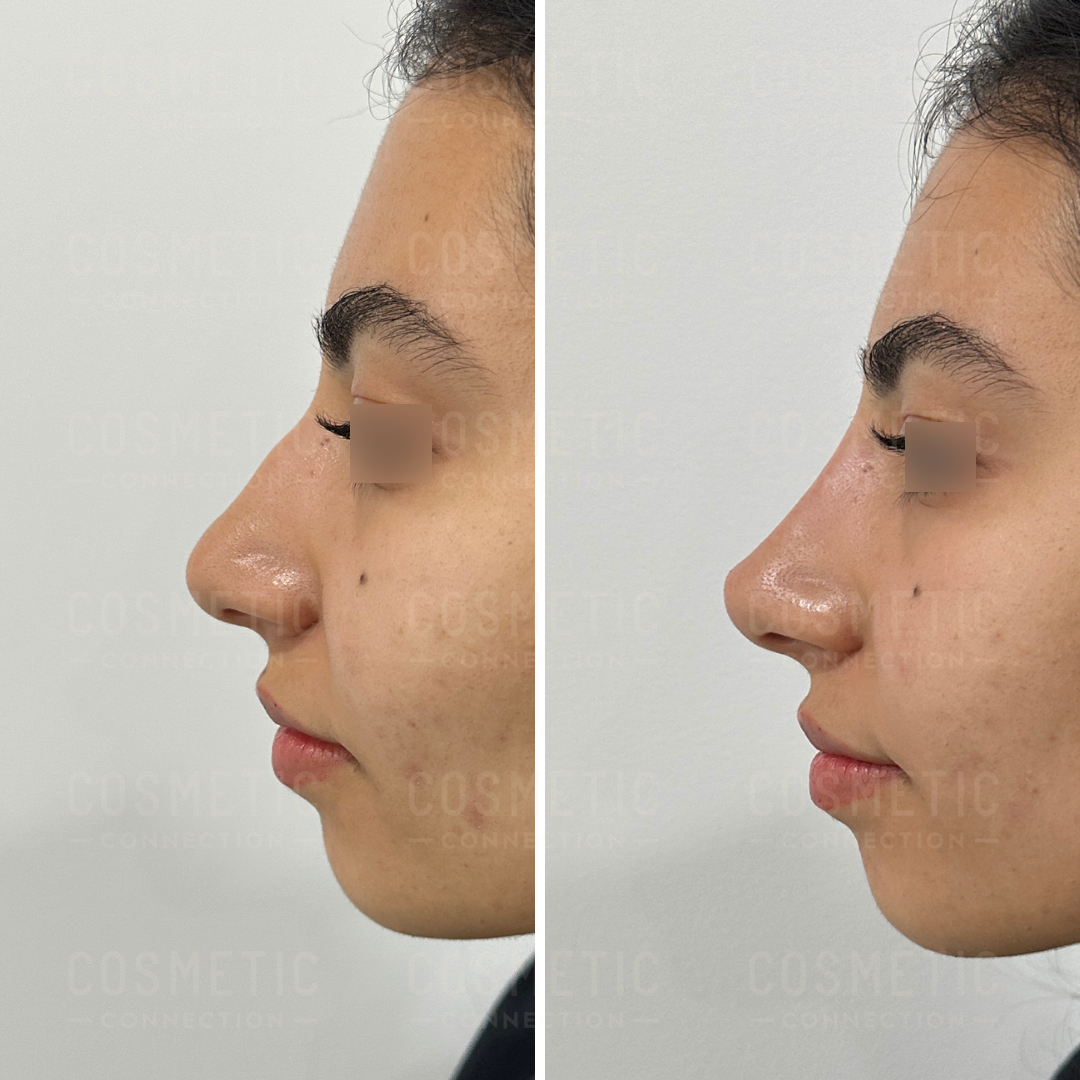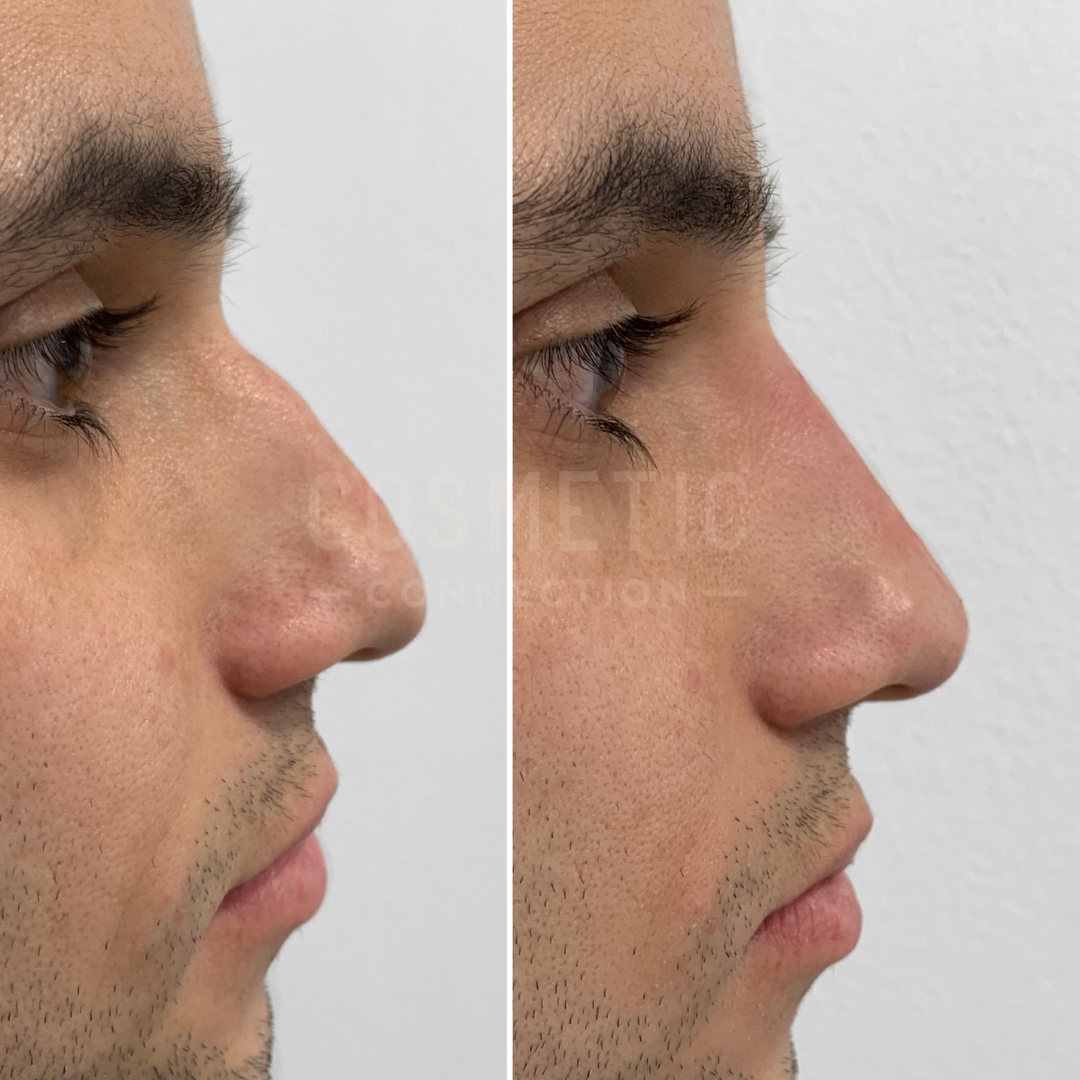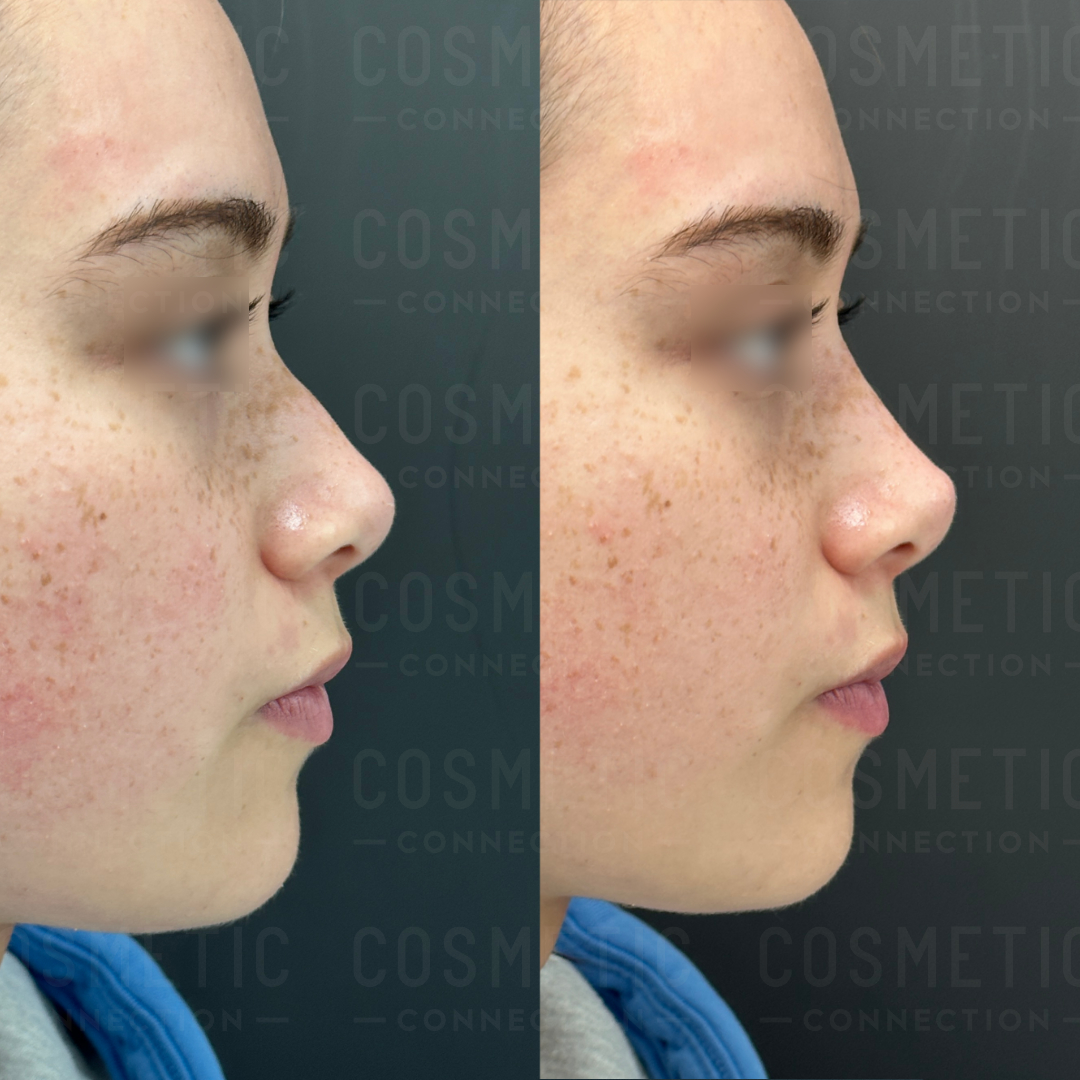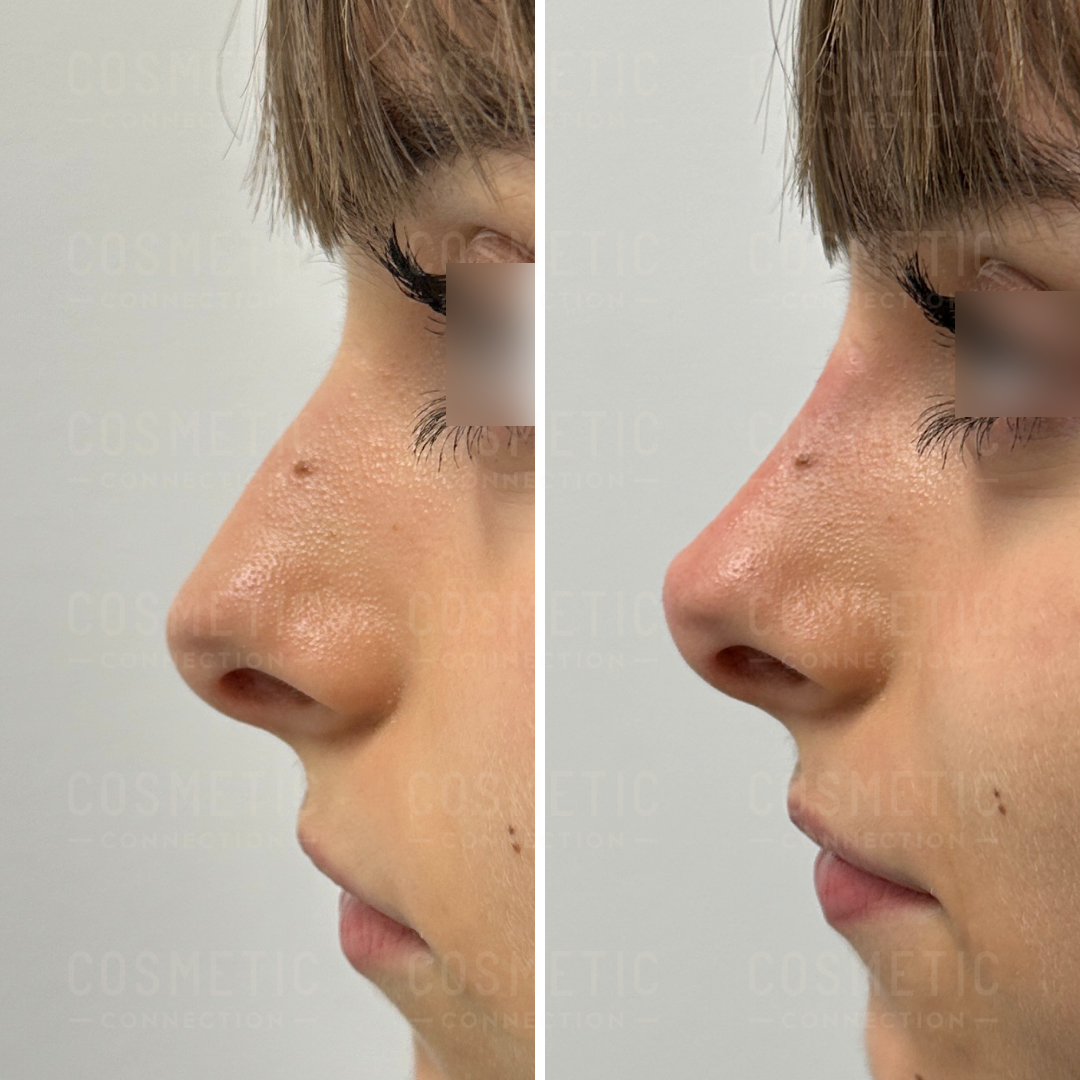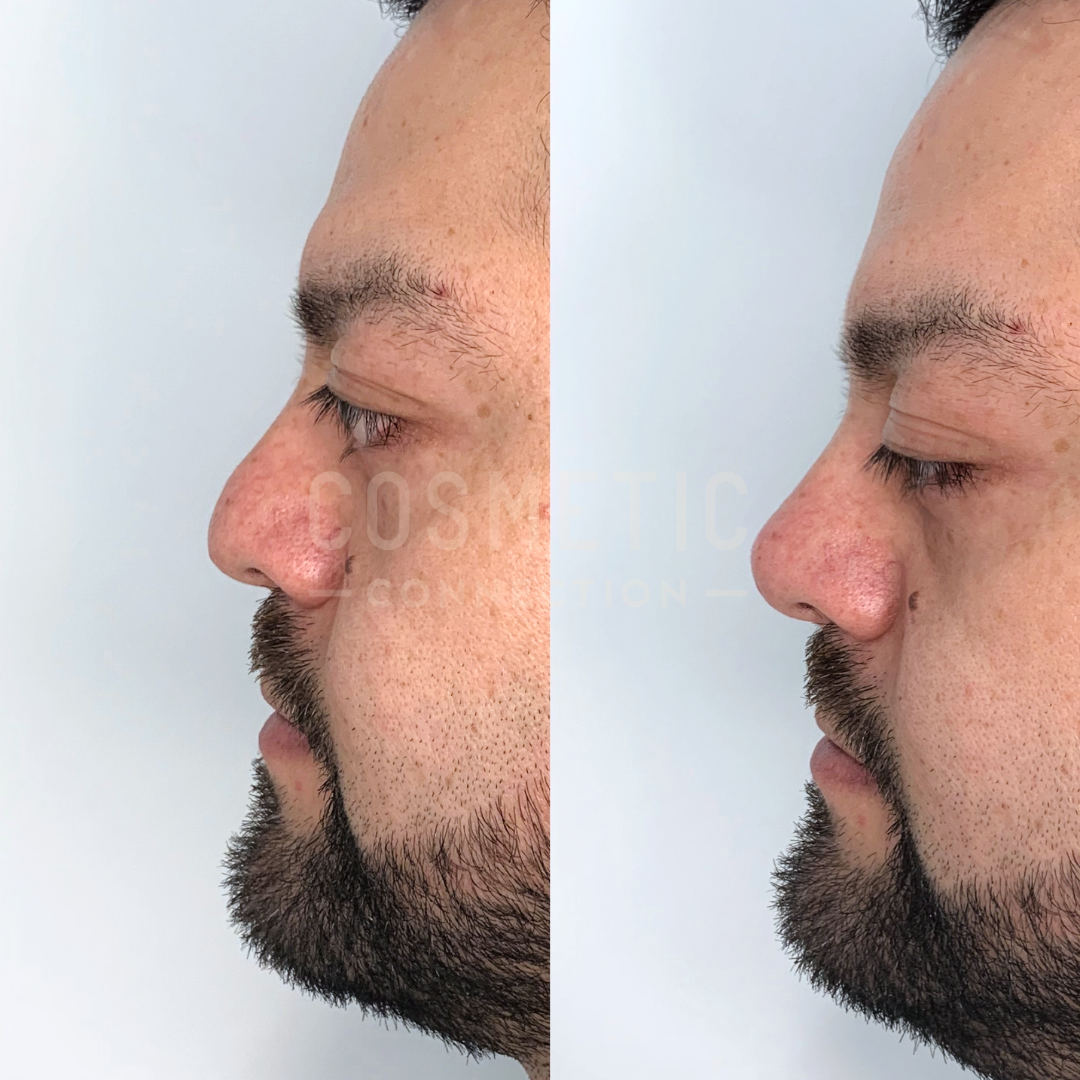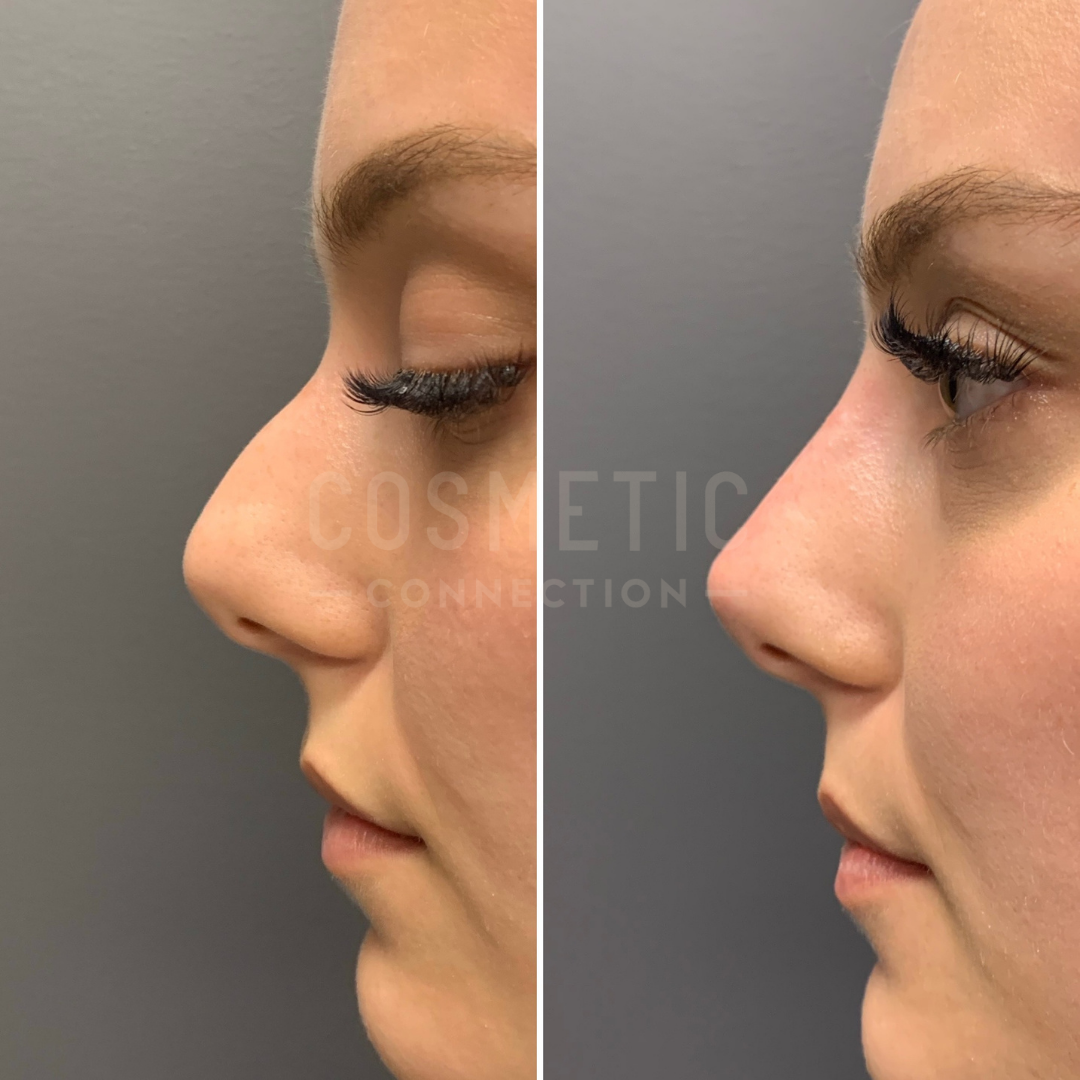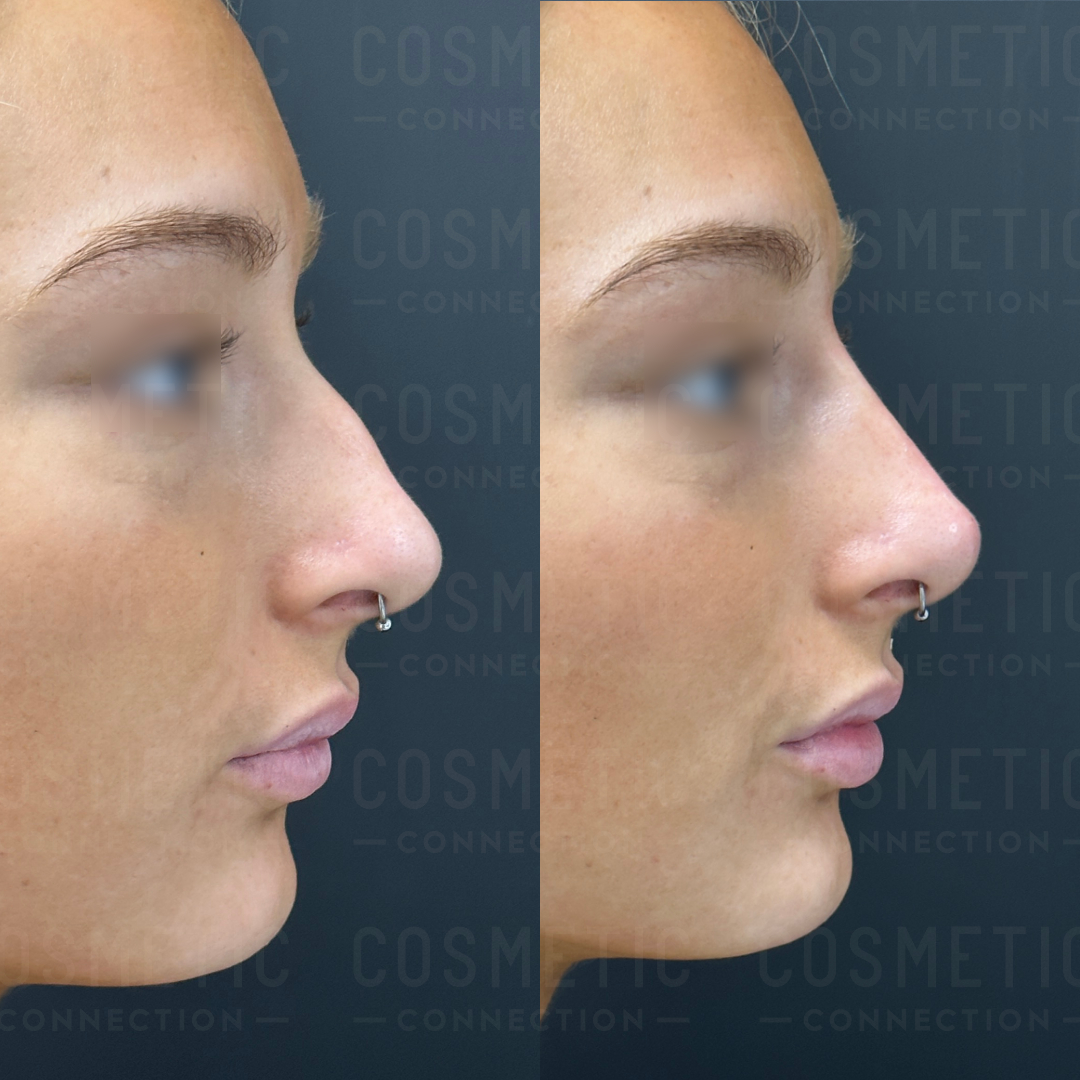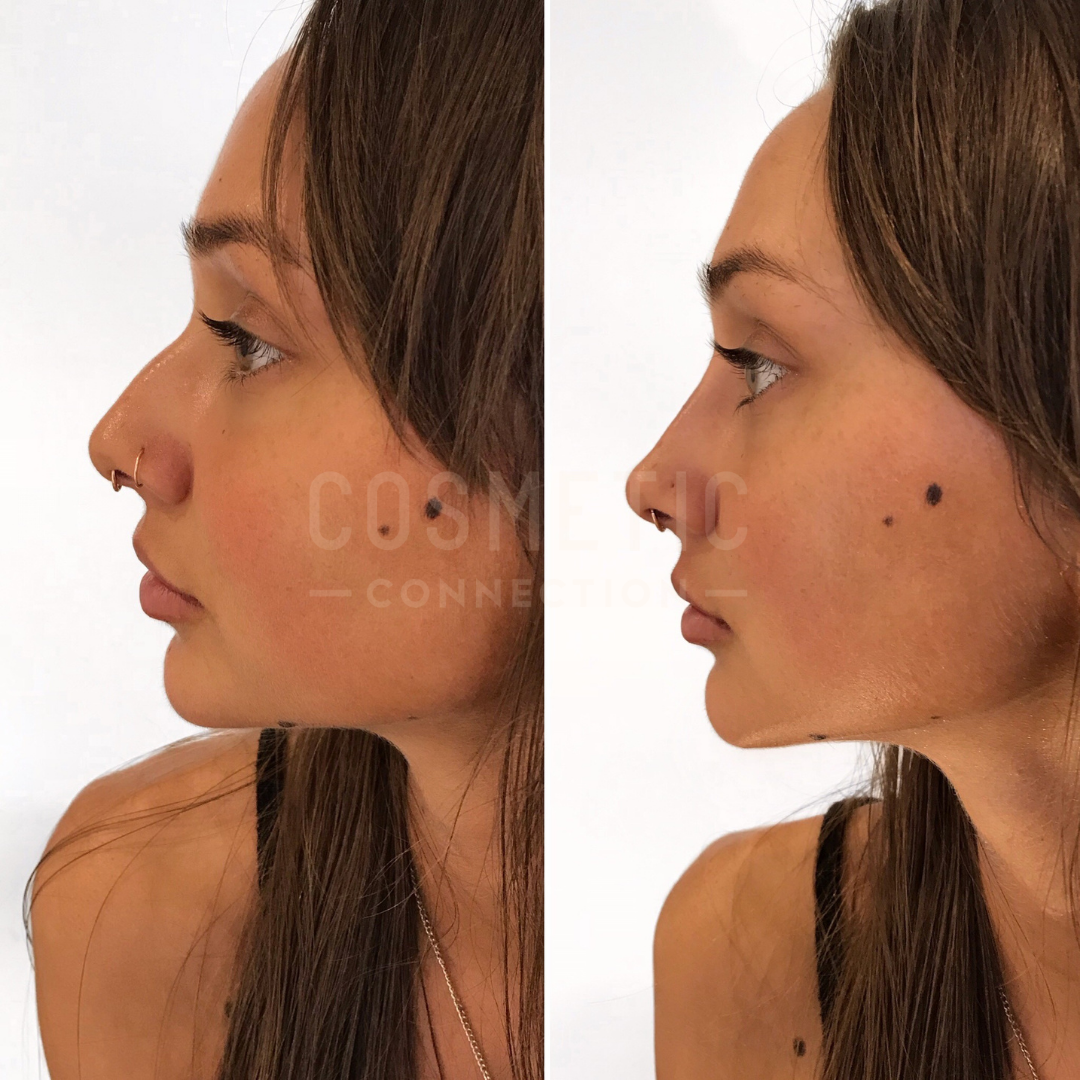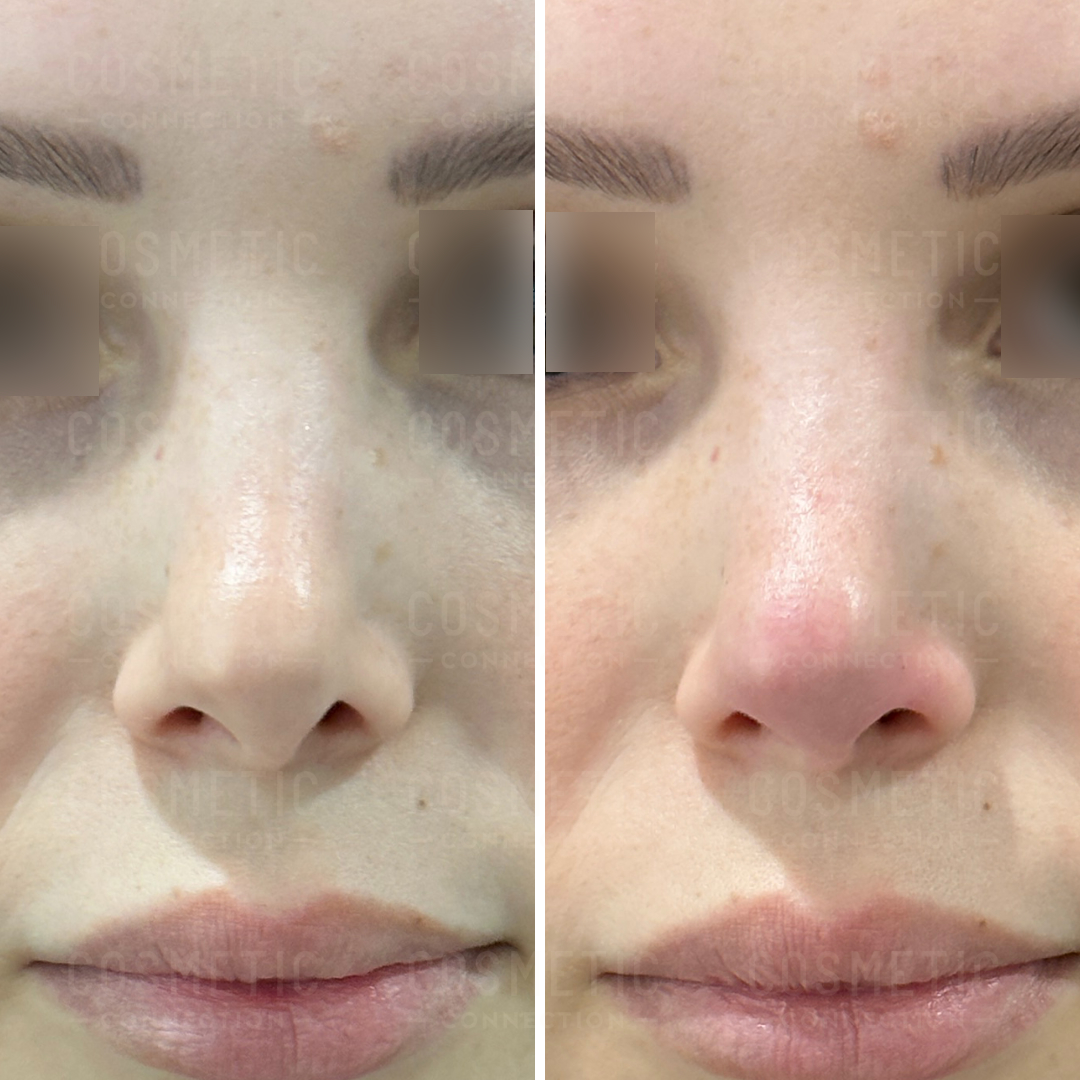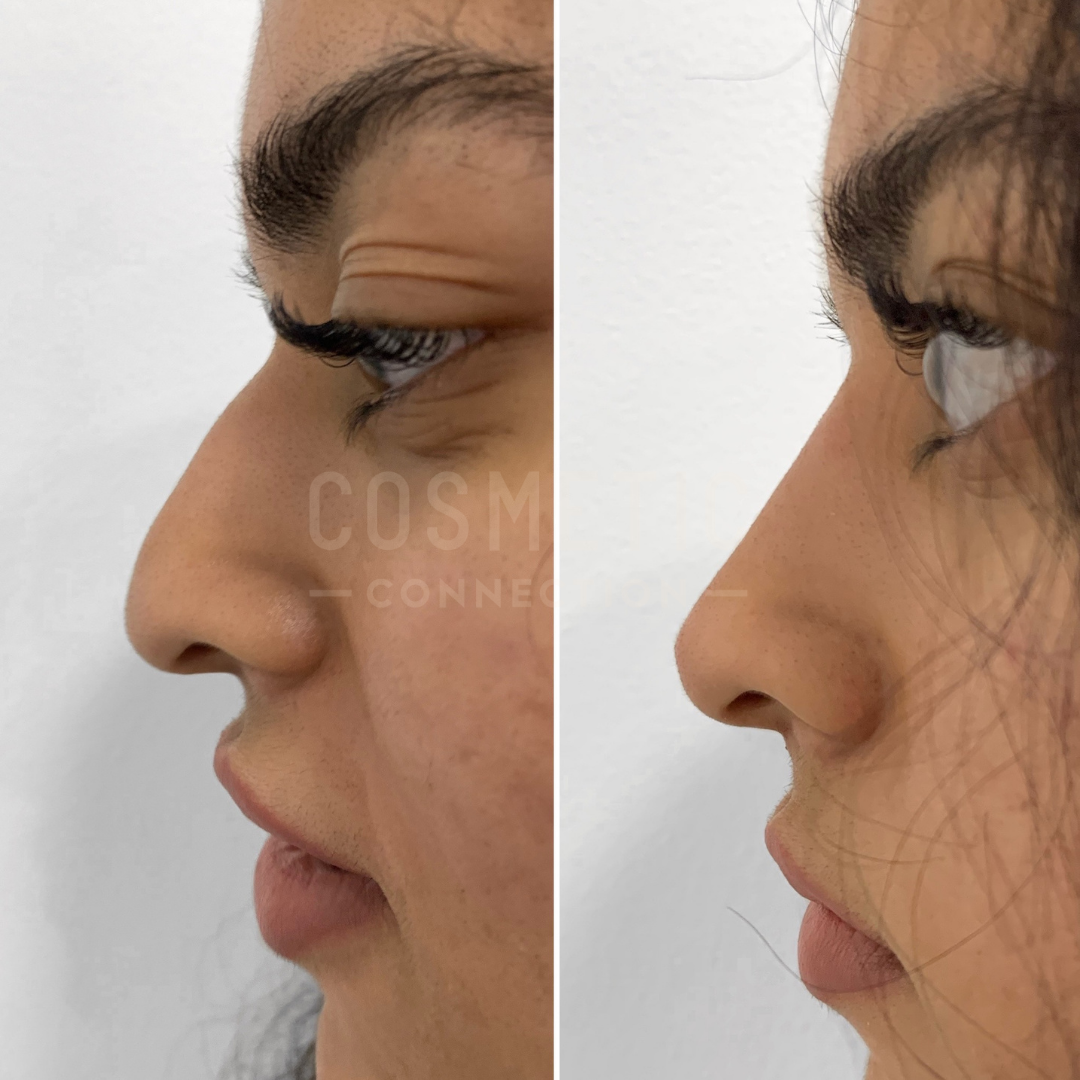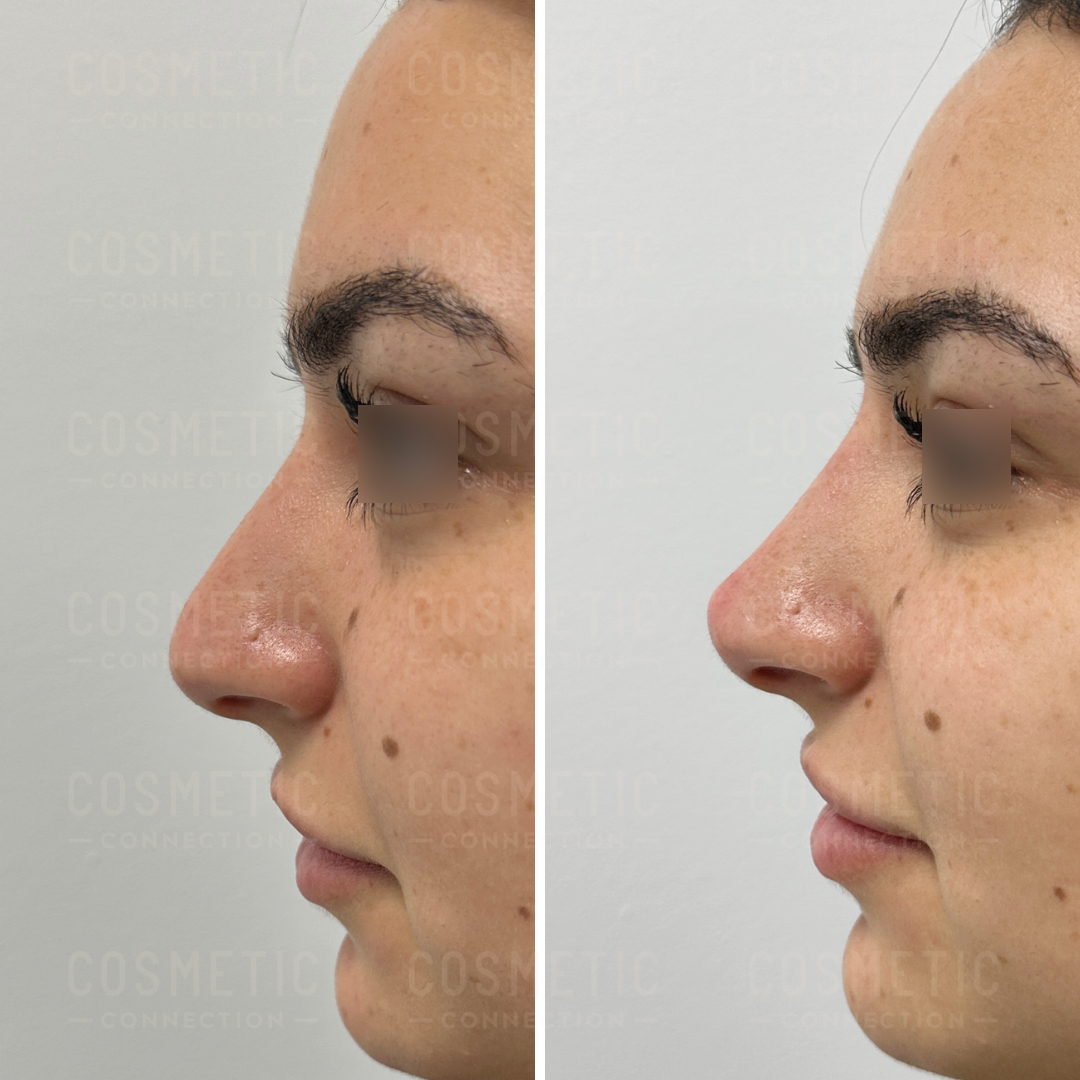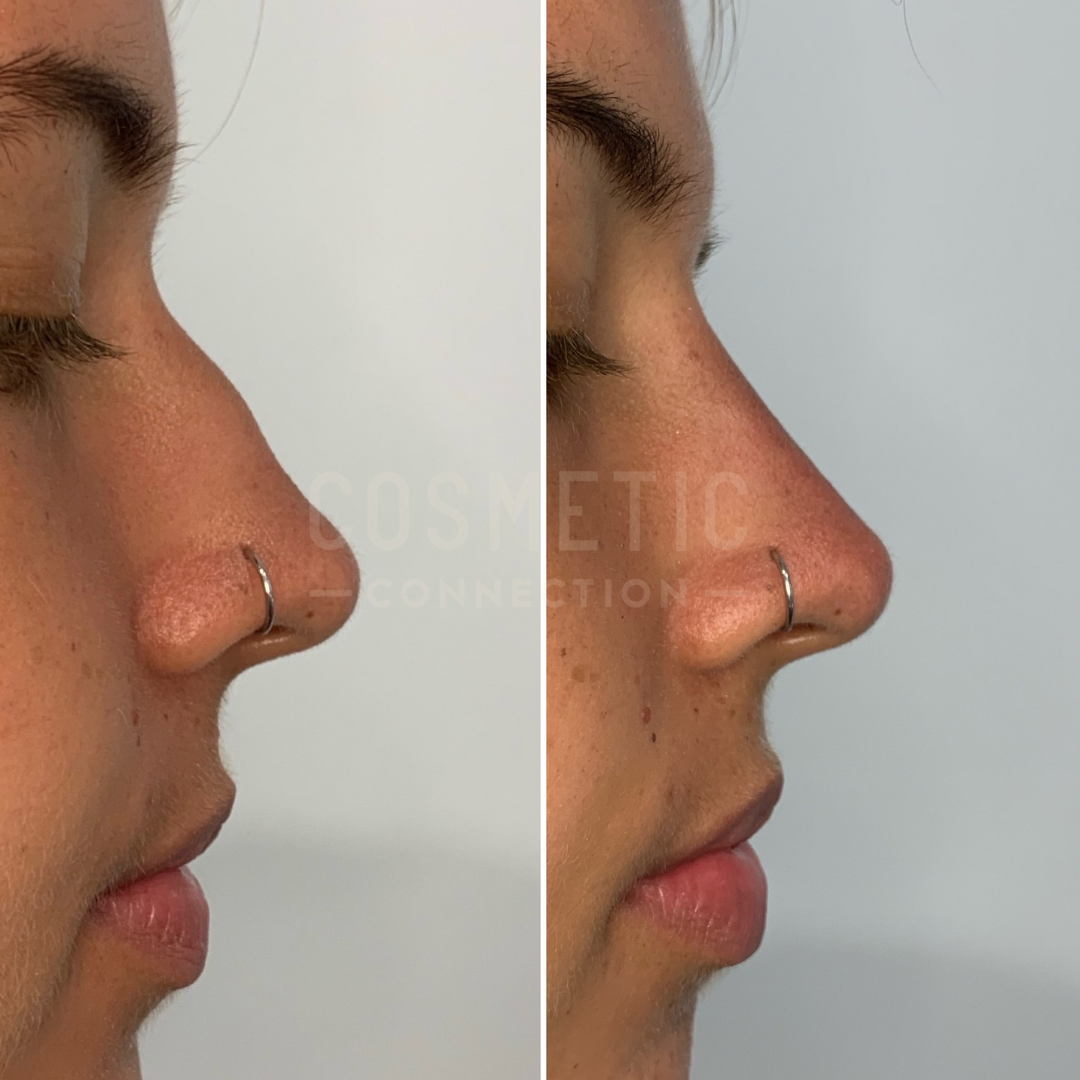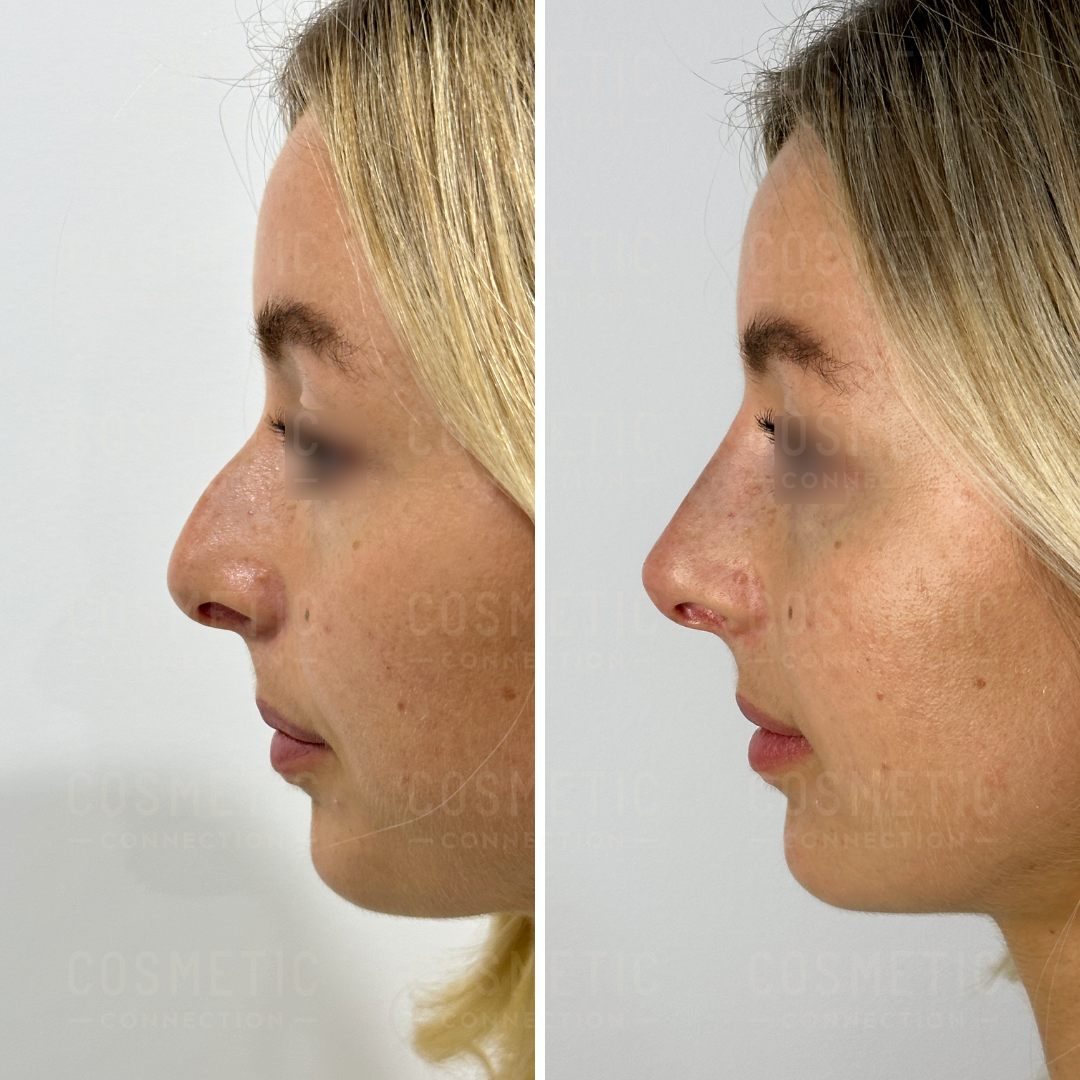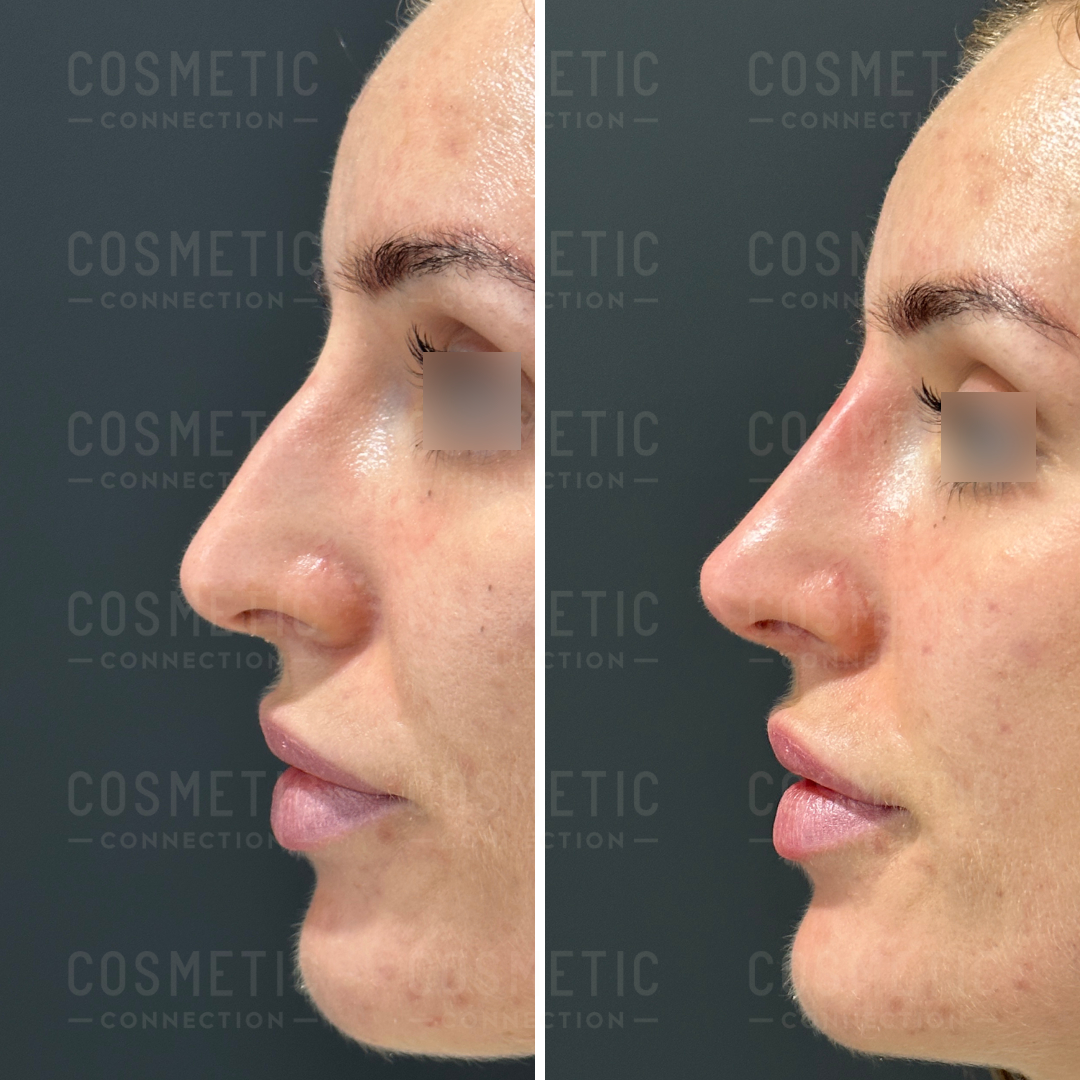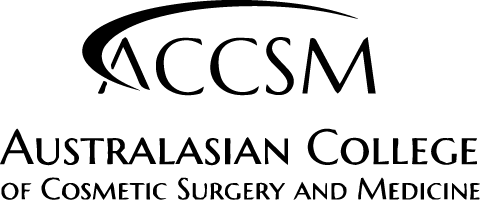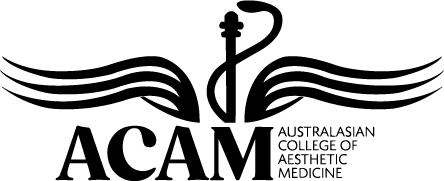Women & Men
Non-surgical rhinoplasty
Convenient, seamless appointments
Doctor-led, non-invasive solutions
Natural, personalised refinements
Ongoing support to maintain your new nose
One all-inclusive price
Refine the shape, contour, and definition of your nose with personalised non-surgical treatment and ongoing support from experienced medical professionals.
Start your booking process by providing us some details
As seen in
Refine your nose without surgery
Experience personalised care, with transparency and flexibility.
Personalised, Professional Treatment
Refine your nose with treatments that align with your preferences and lifestyle.
Refinement Without Permanent Commitment
Enjoy the peace of mind that comes with non-permanent changes.
Simple, flat-fee pricing
One transparent price covers your entire treatment, no matter your needs.
Flexible 16-Week Treatment Window
Refine your look over time with package pricing for other treatments within 16 weeks—no lock-in.
Treatment info
Treatment objectives
Suitability
Preparation
Aftercare
Results
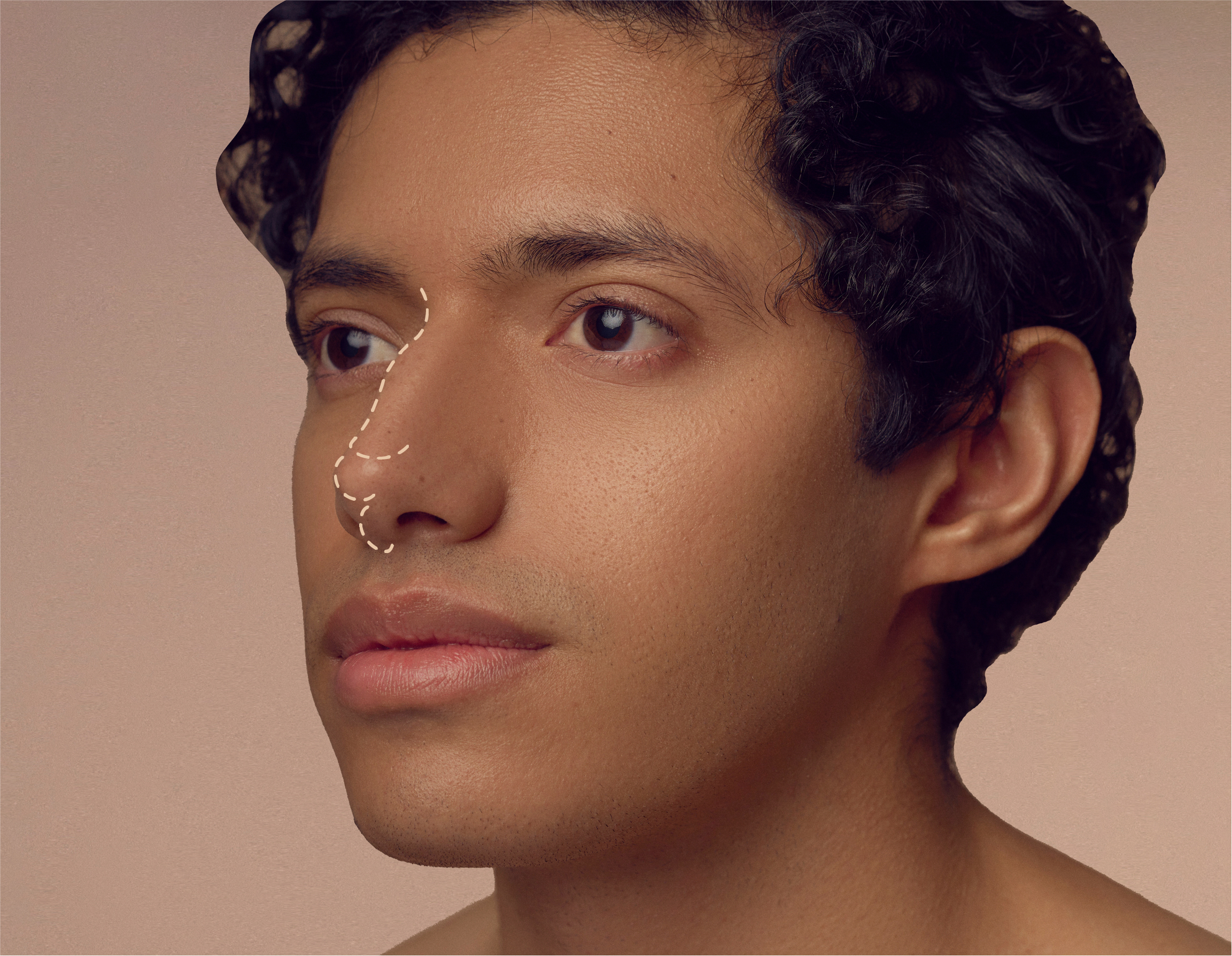
Select a region
Bumps & deviations
Small bumps or a crooked nose can appear naturally, or after injury or surgery. Treatments can help create a smoother, straighter appearance.
Nose tip shape
The tip of your nose naturally varies in shape and position. Adjustments can lift and refine it for a straighter, more harmonious look.
Nose tip muscles
Small muscles around the nose tip can make it droop when you smile, talk, or laugh. Treatments can support the tip to maintain its shape during expressions.
Bumps & deviations
Small bumps or a crooked nose can appear naturally, or after injury or surgery. Treatments can help create a smoother, straighter appearance.
Nose tip shape
The tip of your nose naturally varies in shape and position. Adjustments can lift and refine it for a straighter, more harmonious look.
Nose tip muscles
Small muscles around the nose tip can make it droop when you smile, talk, or laugh. Treatments can support the tip to maintain its shape during expressions.

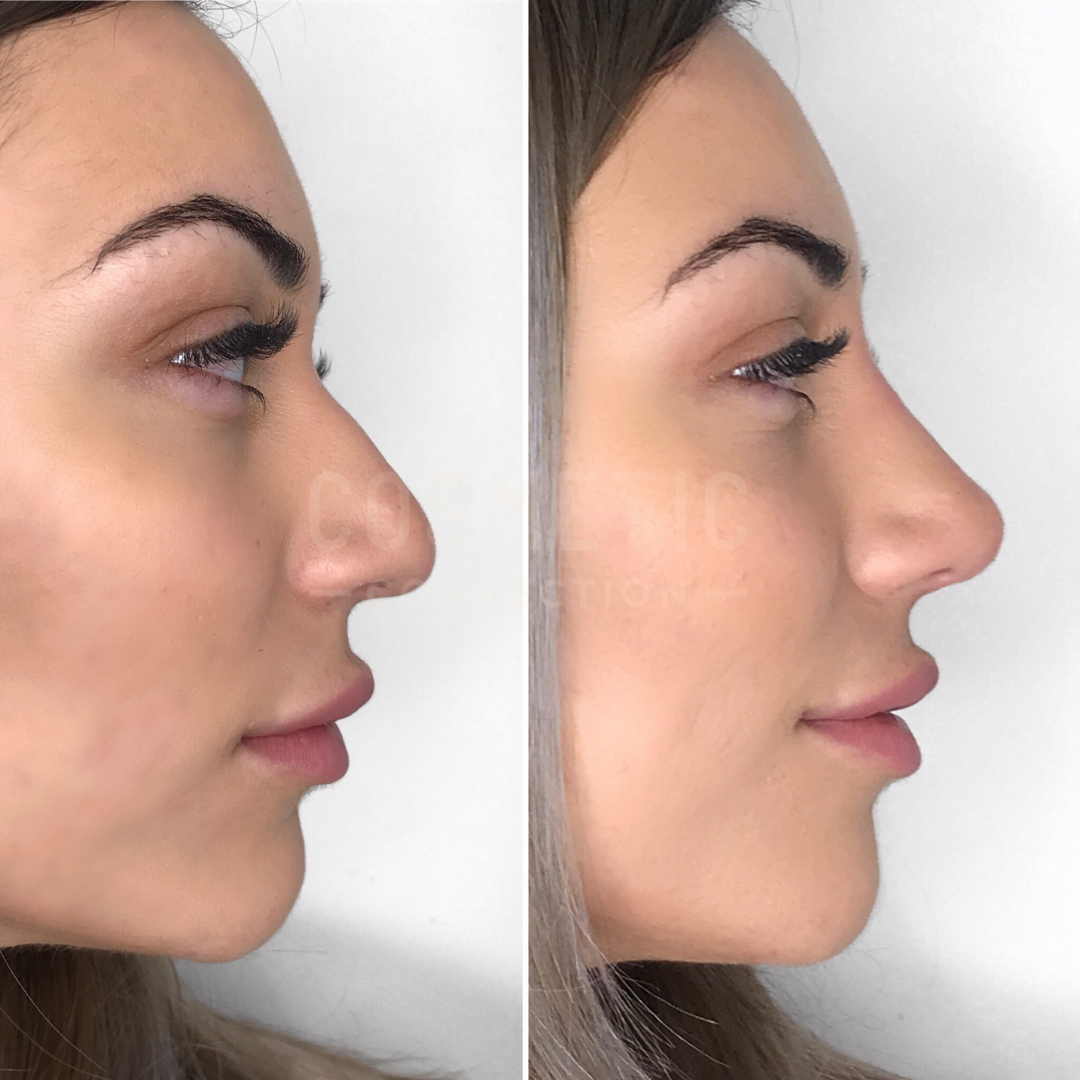
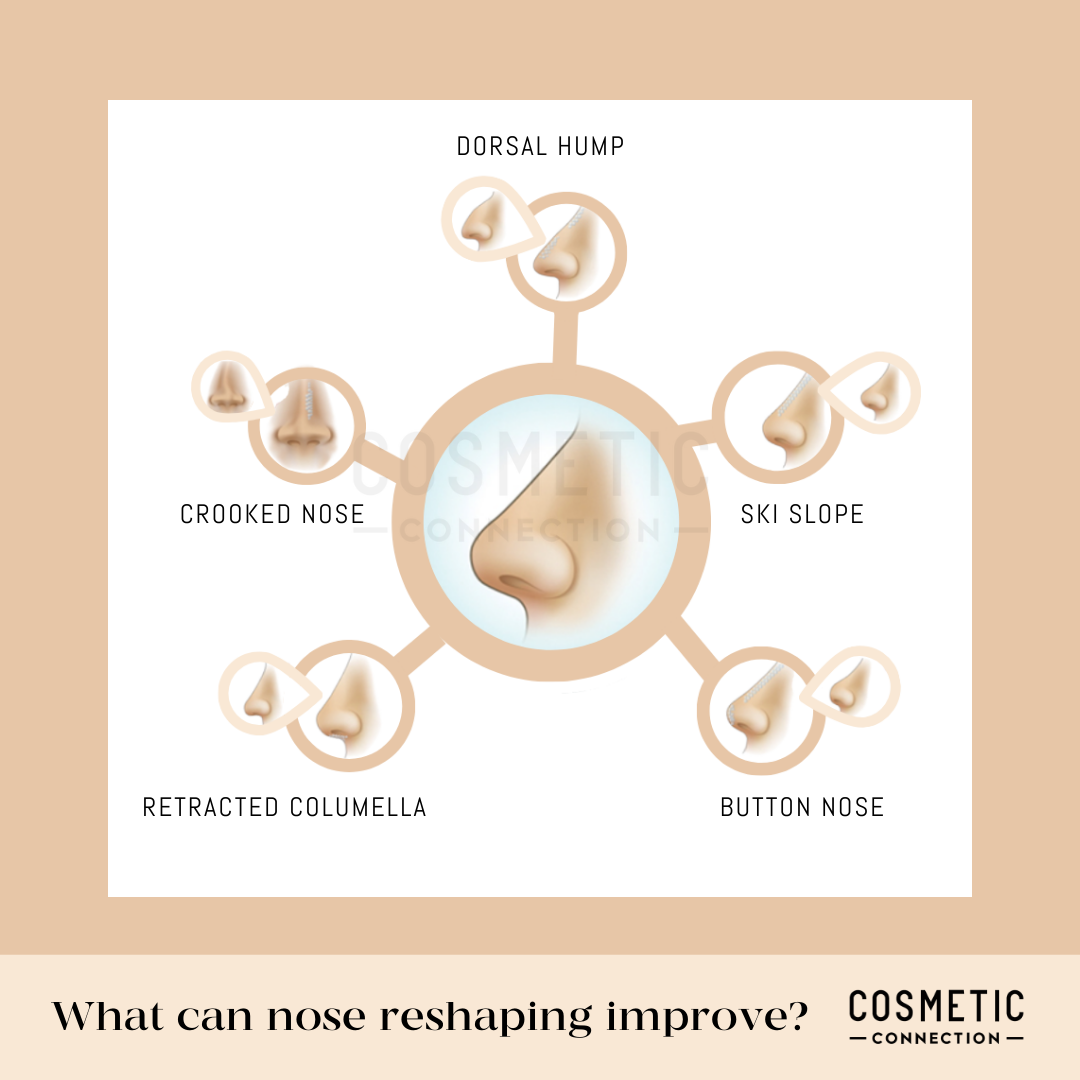

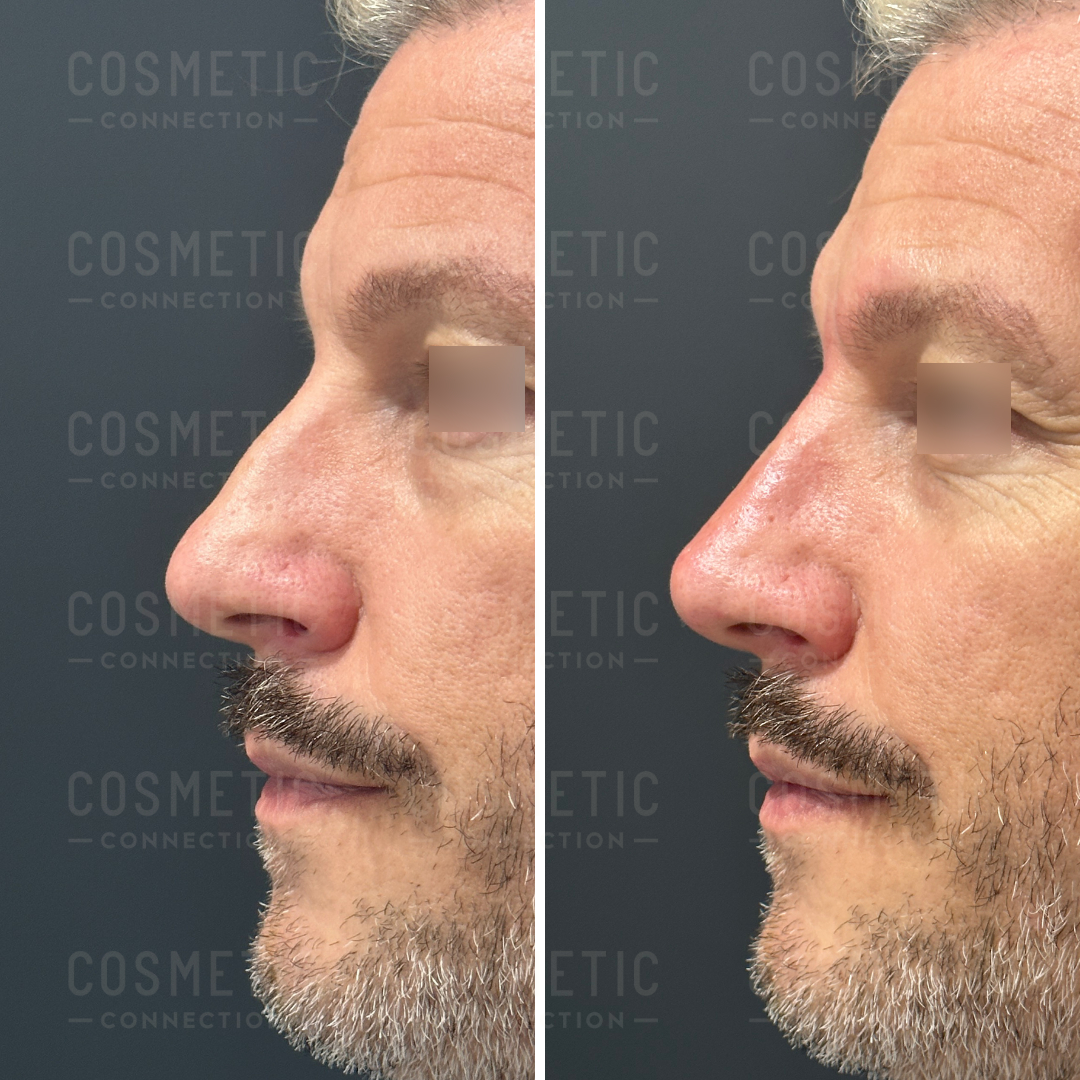
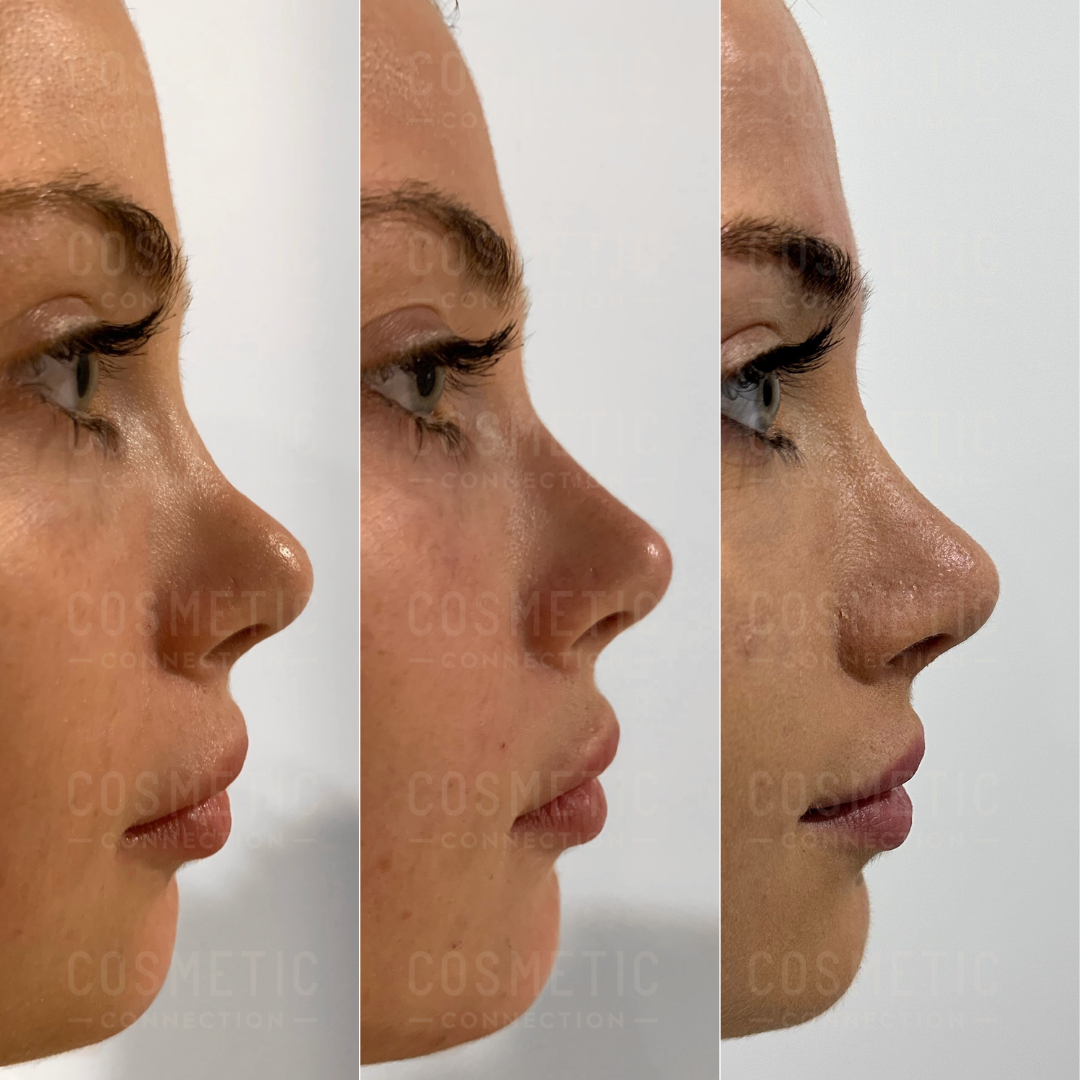
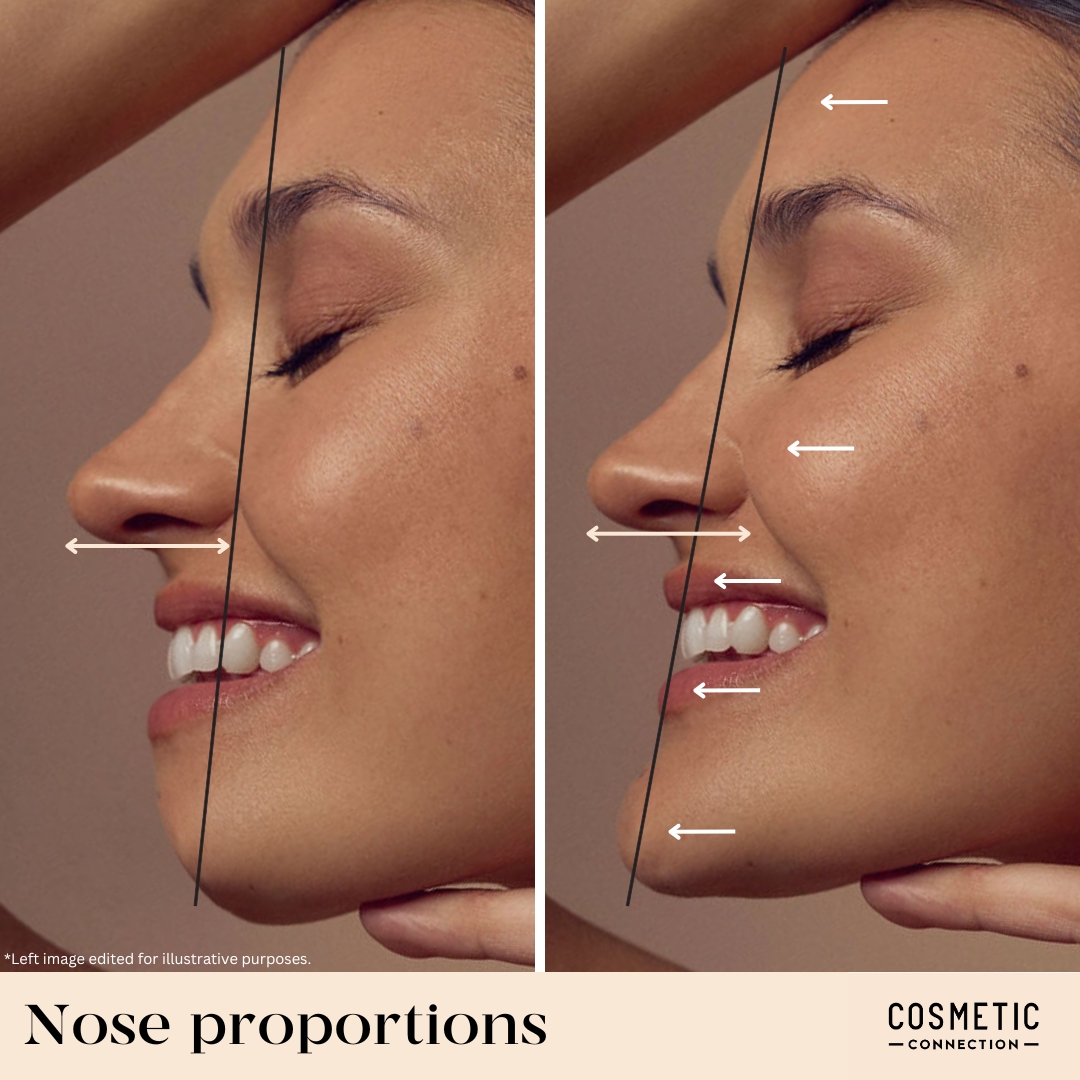

Have questions? We're here to help.
Get in touch and we’ll get back to you with the answers you’re looking for.
A non-surgical rhinoplasty is a cosmetic procedure that changes the appearance of the nose without surgery. There are various methods depending on your concerns and goals, however all aim to contour the nose’s shape and definition in a way that aligns with your preferences.
Determining if a non-surgical rhinoplasty is right for you involves considering your specific nasal concerns and your aesthetic goals. A consultation is the best way to determine if you’re suitable.
The cost of non-surgical rhinoplasty varies depending on your individual needs, which can only be determined after an assessment. If you’d like pricing information, you can:
- Complete our free online suitability assessment for general pricing information.
- Schedule a consultation (free spots available in Sydney) for a personalised treatment plan and quote.
Deciding if a non-surgical rhinoplasty is “worth it” depends greatly on your individual goals and what you seek to achieve for your nose.
A consultation is the best way to find out if it is worth it for you.
A nose tip lift is a non-surgical approach to adjust the shape and position of the nose tip. Depending on your suitability, it may create a more refined, lifted appearance, and address drooping.
A consultation with an experienced cosmetic doctor determines your suitability for a nose tip lift based on your anatomy and goals.
In some cases, treatments can address age-related nose tip drooping. A consultation is essential to determine suitability.
Non-surgical nose tip lifting can create subtle changes, but it may not achieve the same results as surgical procedures for major structural adjustments.
A consultation is the best way to find out which option is best for your concerns.
People who want to change the appearance of their nose may try non-surgical options first to experience a new shape before committing to permanent changes.
Non-surgical nose reshaping allows you to experience with a change in the tip’s shape and appearance, before making permanent changes.
A non-surgical rhinoplasty should be performed by a qualified and experienced cosmetic doctor. This procedure requires a deep understanding of facial anatomy, aesthetic balance, and advanced treatment techniques.
While individual experiences vary, you may feel slight discomfort during a non-surgical rhinoplasty. Most clinics take steps are usually taken to minimise any potential discomfort.
A non-surgical rhinoplasty uses various methods to adjust the appearance of the nose.
The treatment works by lifting the overlying skin, reshaping the nose to align with your aesthetic preferences.
The results from a non-surgical rhinoplasty typically wear off slowly over years.
As the effects are temporary, maintenance treatments are needed if you wish to sustain your results.
It is certainly possible to get another non-surgical rhinoplasty treatment if you feel your previous result has settled or diminished.
A consultation is required to assess formal suitability for additional treatments.
Some methods used for the non-surgical rhinoplasty are reversible. It’s important to discuss the different treatment options during your consultation, so that you know whether your treatment can be reversed.
Non-surgical rhinoplasty methods typically achieve the final result within days, after any swelling has subsided.
A non-surgical rhinoplasty is not a permanent procedure, as it uses methods that are gradually absorbed by the body over time.
Non-surgical rhinoplasty aftercare is important. Follow these steps:
- Keep the skin clean and free of makeup for 24 hours.
- Take analgesia for discomfort.
- Avoid any firm pressure until healed (this includes refraining from wearing heavy glasses where possible).
If your nose bridge has been treated, avoid wearing bulky glasses that sit on your nose bridge for 5 days. The weight of heavy glasses can disturb your result.
If you require glasses for driving and other potentially dangerous activities, you should continue wearing your glasses.
A non-surgical rhinoplasty is generally considered low-risk when performed correctly. Typical side effects like swelling, redness, and tenderness are usually mild and settle in 1-2 days. Bruising is uncommon, and rare risks like infections and skin injury are possible.

Why people trust us with their nose
Your treatment is performed in doctor-led, medical-grade clinics that follow strict safety and hygiene protocols, ensuring your privacy, comfort and wellbeing at every step.
We use only scientifically validated products, techniques and technologies — never trends or unproven methods — so you receive care you can trust.
Our clinicians stay up-to-date with best practice to deliver precise treatments and optimal results.
We prioritise what’s right for you. With us, you’ll receive personalised treatment recommendations–without any pressure or obligation to proceed with treatment.
With our standardised photography, we can plan your treatment collaboratively, while tracking your progress and results.
Enjoy transparent flat-fee pricing that covers everything required to achieve effective results—no surprises, no hidden costs.
Your results matter to us. That’s why we offer a complimentary adjustment 4-6 weeks after your initial treatment.
Just give us a call and we’ll schedule you in to make sure everything is exactly as it should be.


